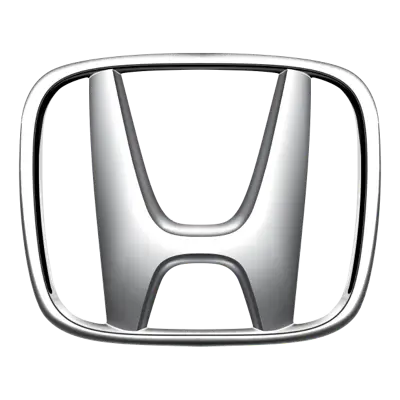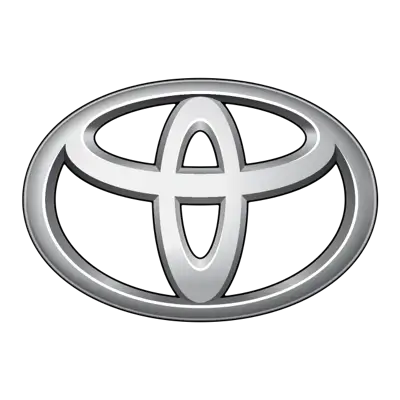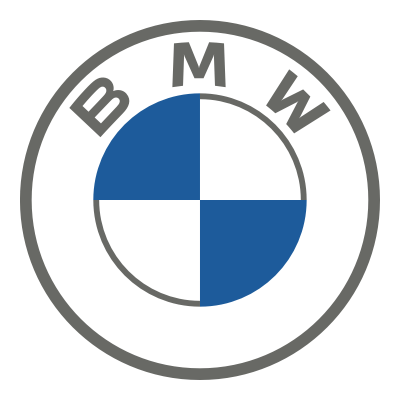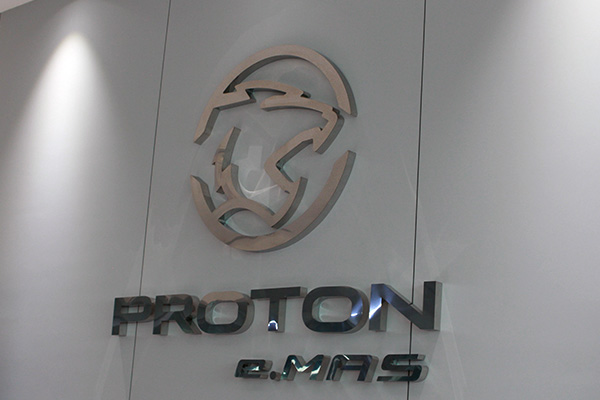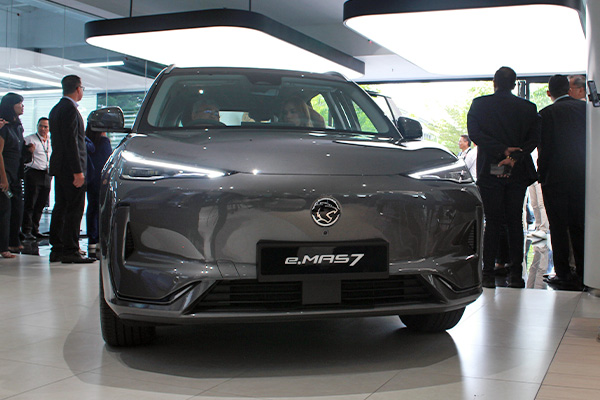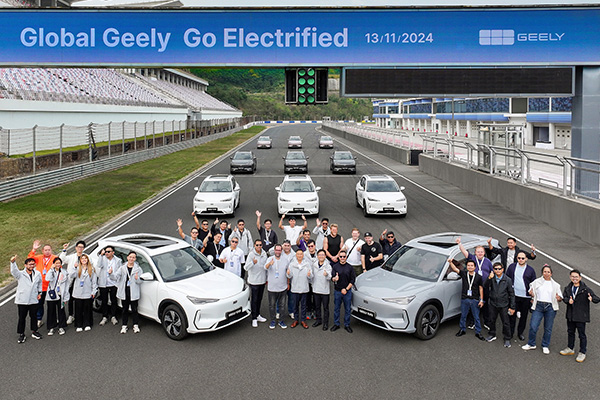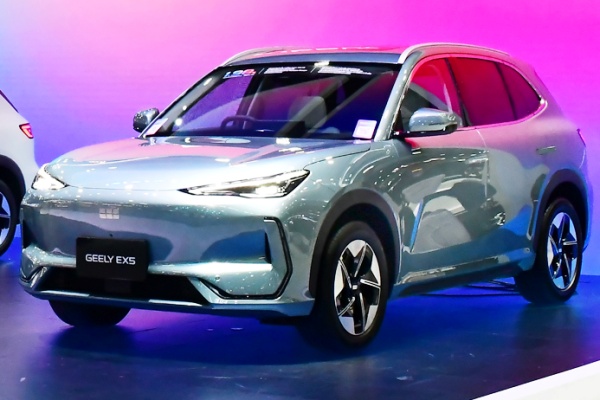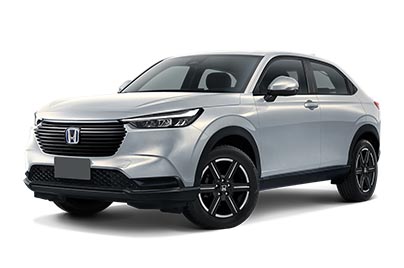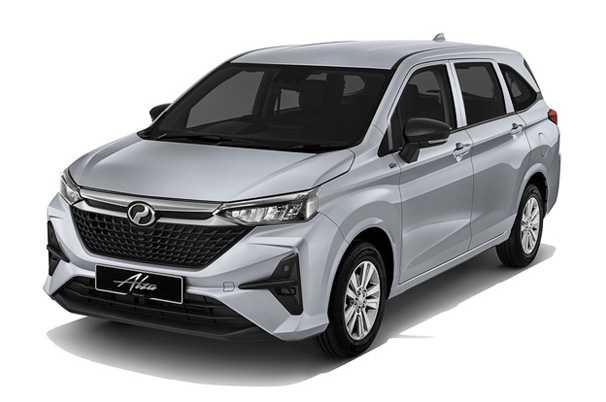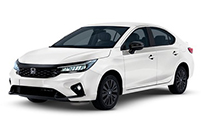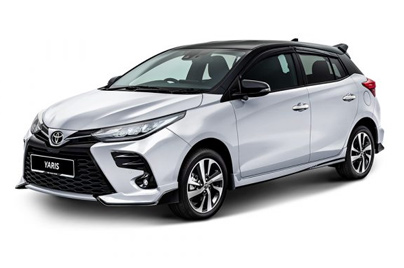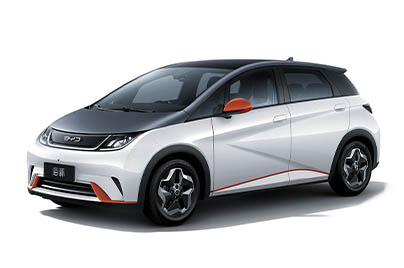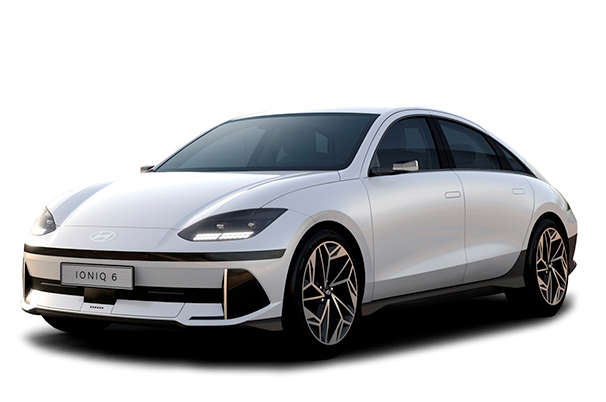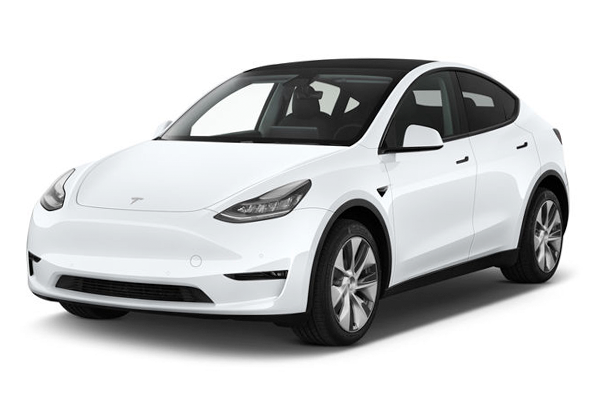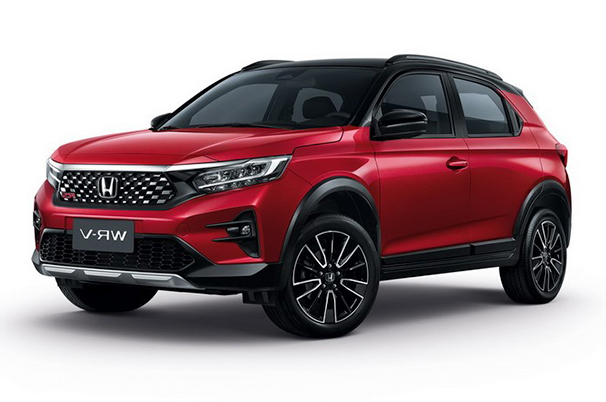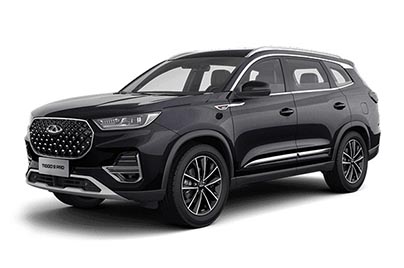Review: The Leapmotor C10 is an unfamiliar name in Malaysia but it hides plenty of potential


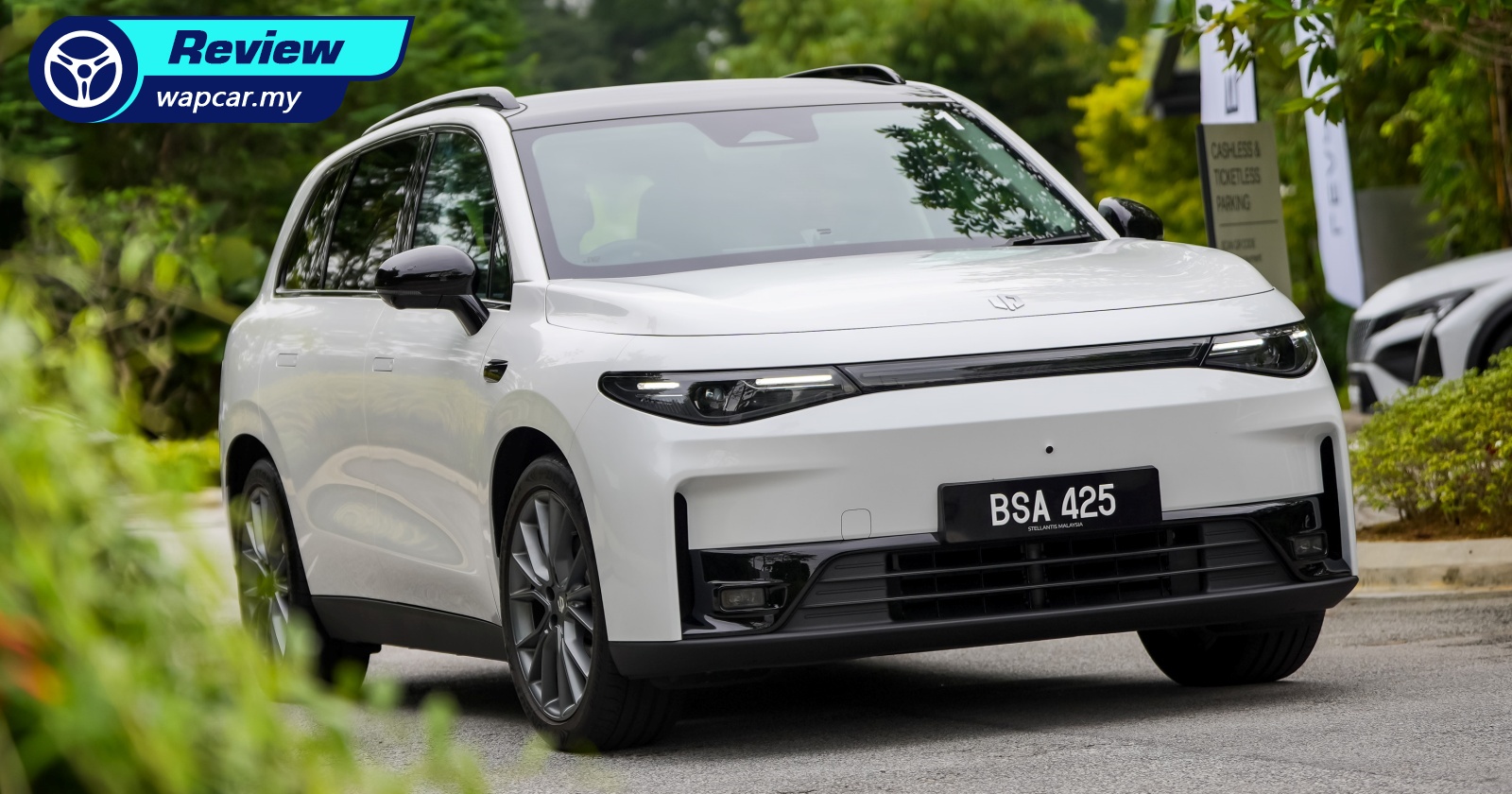

Building a brand is like growing a tree—strong and valuable ones require more than a decade of patience to grow. In the automotive world, brand equity is a powerful currency that buys trust. For newcomers like Leapmotor, the challenge is huge: how does the little-known brand earn trust in a market saturated by so many “me-too” Chinese electric vehicle brands.
Few know that Leapmotor is one of the most successful electric vehicle start-ups in China (BYD is not considered a start-up), often compared to Xpeng. Even fewer realize that Leapmotor sells more cars than Xpeng.
From January to November this year, Leapmotor outsold Xpeng by a very wide margin, with 251,207 units sold globally versus Xpeng’s 153,373 units. Of course, Leapmotor’s average selling price is also lower than Xpeng’s, but the point is that Leapmotor is not a nobody in the EV world.
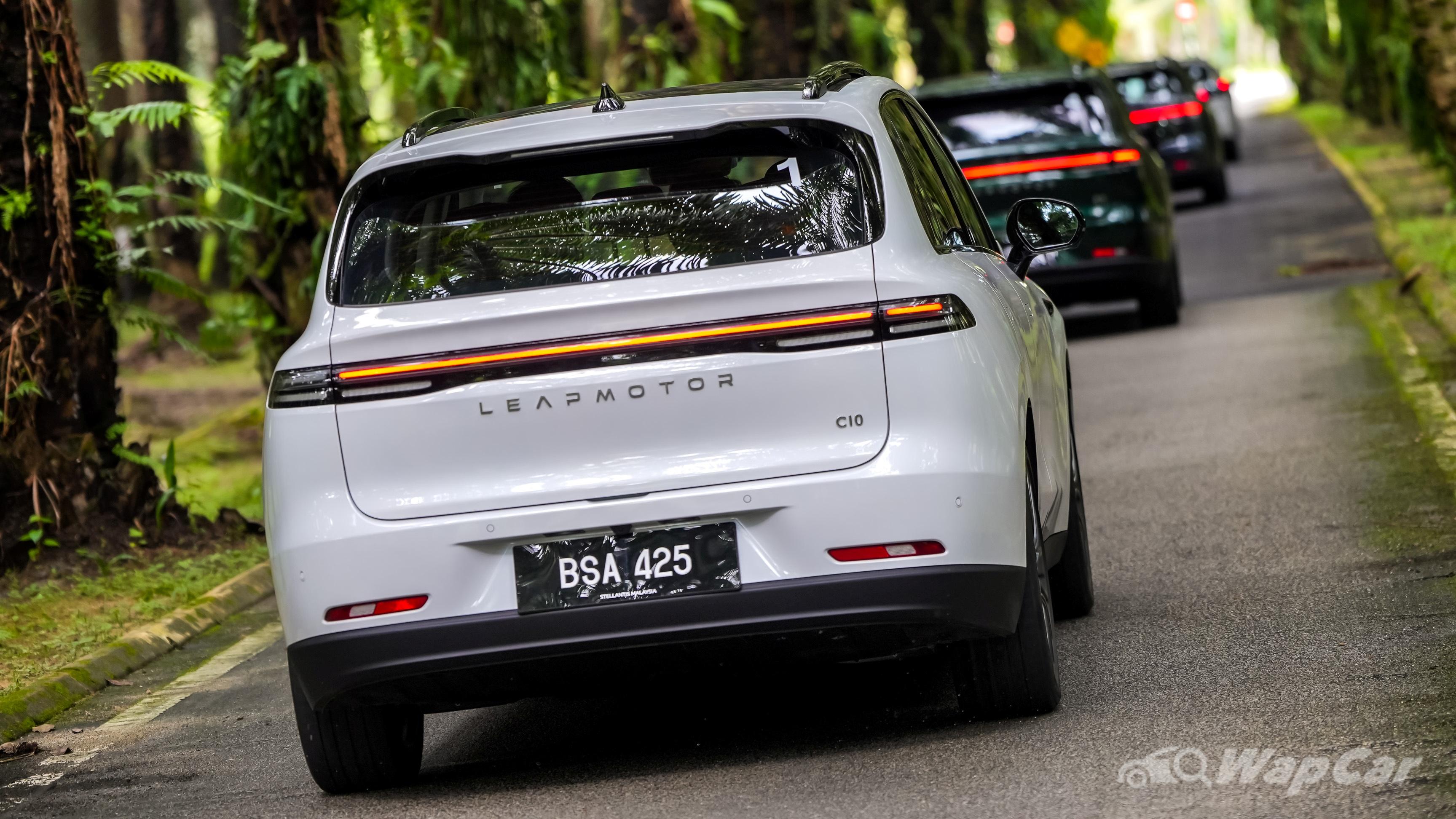

Leapmotor is part of the wider Stellantis group, which brings us to another hurdle for Leapmotor to leap over.
Few buyers know who or what Stellantis is, and that’s understandable. Stellantis is an entity that only exists on paper. There’s no Stellantis-badged car.
Stellantis exists only as a holding company so that financial folks and stock market traders can extract more value from the brands parked under it: Peugeot, Citroen, Alfa Romeo, Fiat, Maserati, Opel, Jeep, Dodge, Ram, Chrysler, and more.
That’s a shame because the Leapmotor C10 is a product that carries a lot of potential, if Stellantis can iron out some very minor but potentially deal-breaking niggles. More on that later.
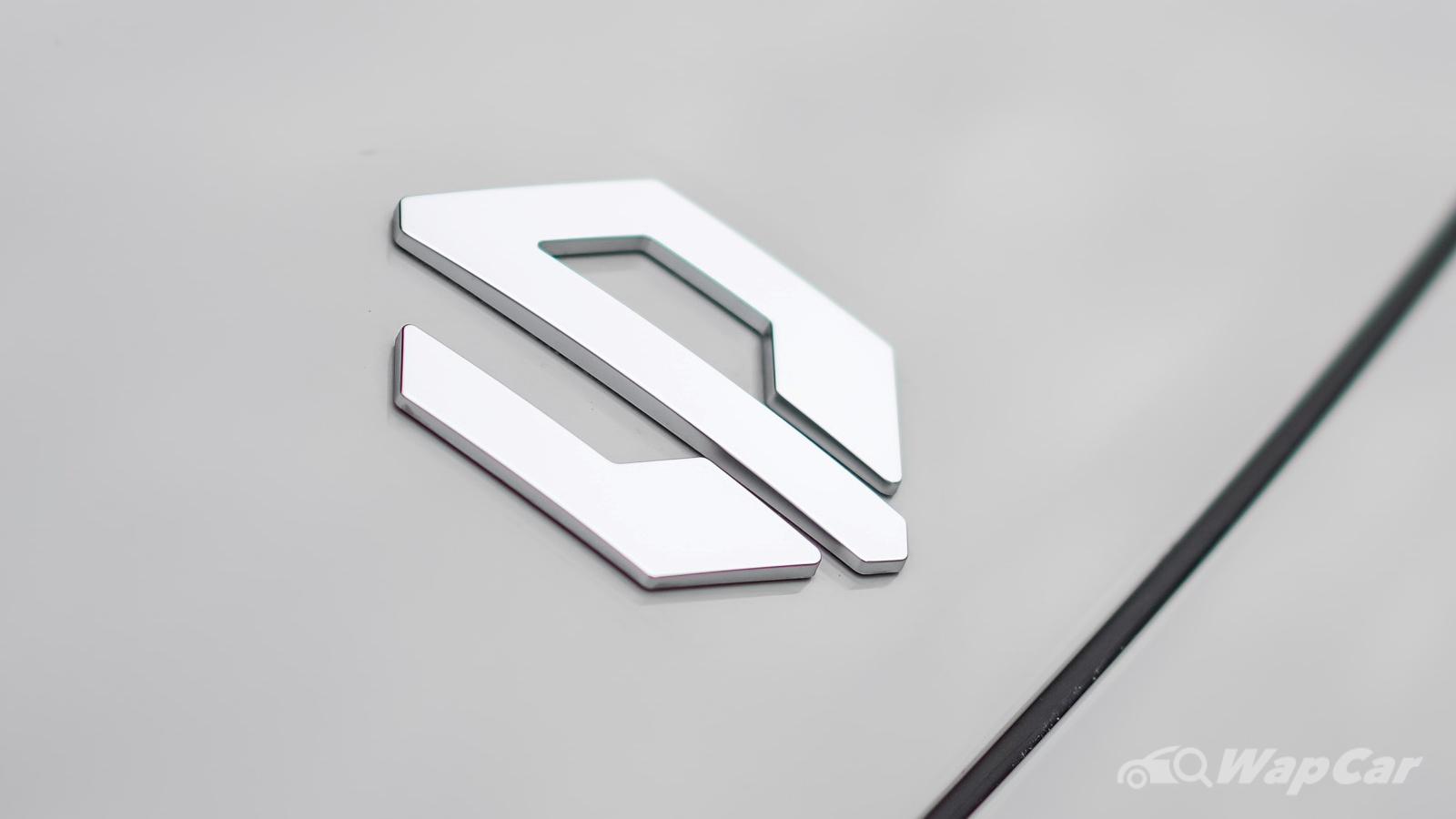

In Malaysia, Leapmotor is represented by just one model, the C10. It’s a 5-seater D-segment battery EV (BEV) with a 69.9 kWh LFP battery, offering up to 424 km of driving range (WLTP test cycle). The C10 makes 218 hp and 320 Nm (rear wheel drive).
It supports 6.6 kW of AC charging and 84 kW of DC fast charging, as well as V2L discharging. The China-built C10 is sold in Malaysia starting from RM 159,648.
The C10 is covered by a 6-year / 150,000 km warranty, whichever comes first. The high-voltage battery is covered by an 8-year / 160,000 km warranty, whichever comes first.
Did you know that Leapmotor makes its own batteries? This gives them full control over the most crucial part of the vehicle and explains why their cell-to-chassis (CTC) architecture is executed better than many other Chinese BEVs.
Stepping inside: Comfortable and spacious interior marred by bad software
Open the door, and you will be greeted by a very spacious interior trimmed in fine materials. There’s not much else to say because the Leapmotor C10’s interior looks just like almost any other Chinese BEV—devoid of character, with a huge screen in the middle being the focal point, supplemented by a smaller screen for driving information.
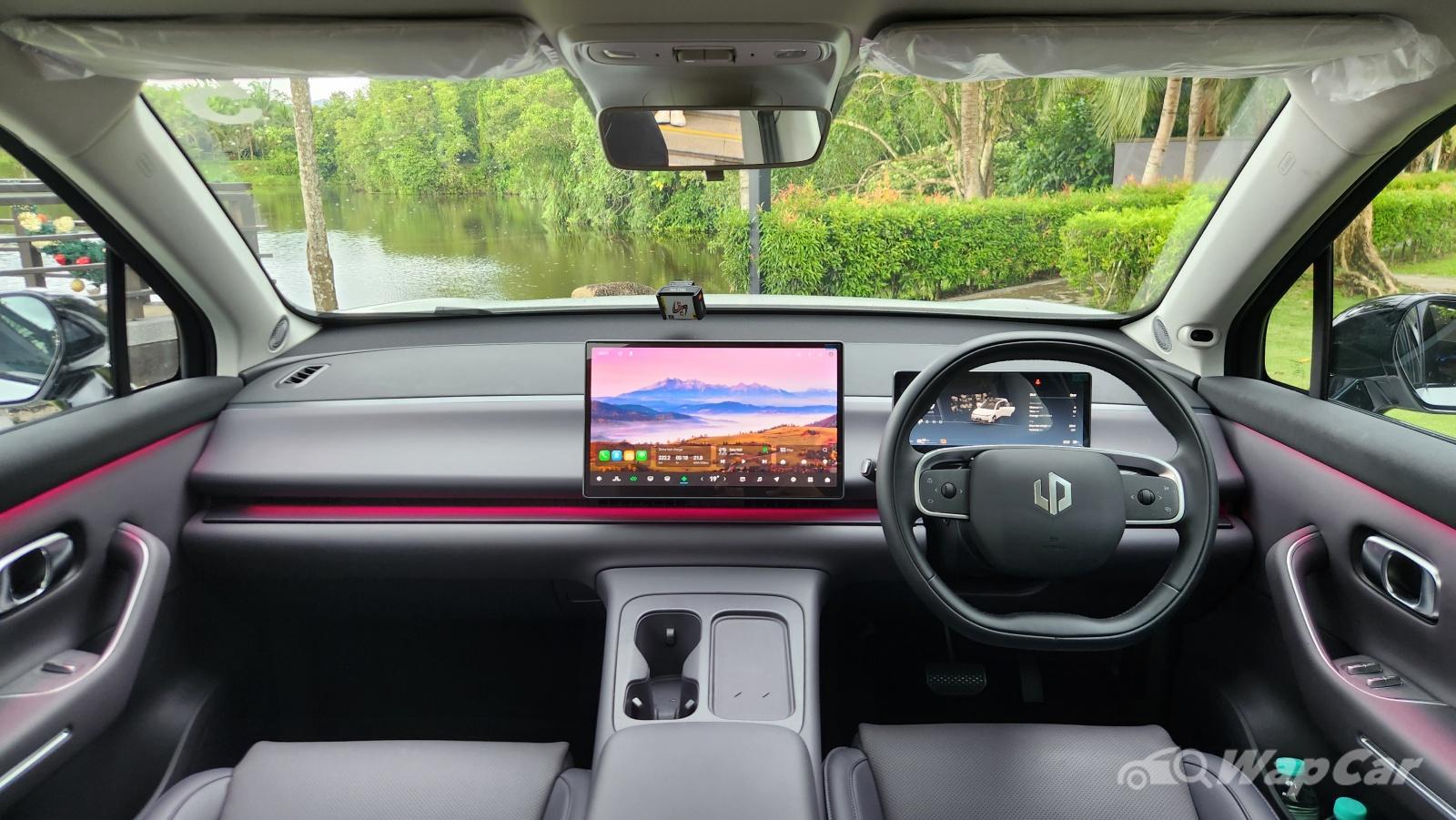

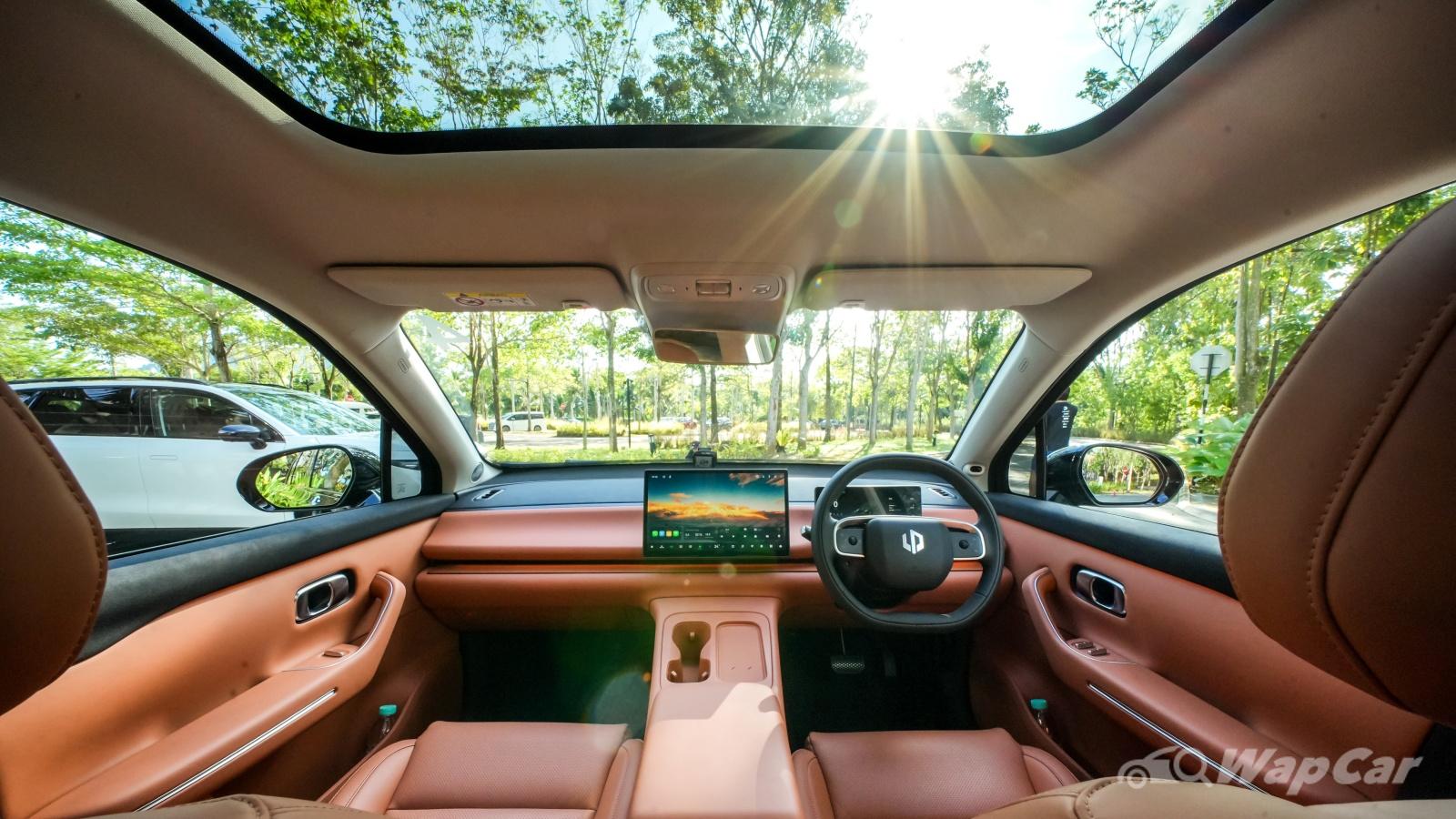

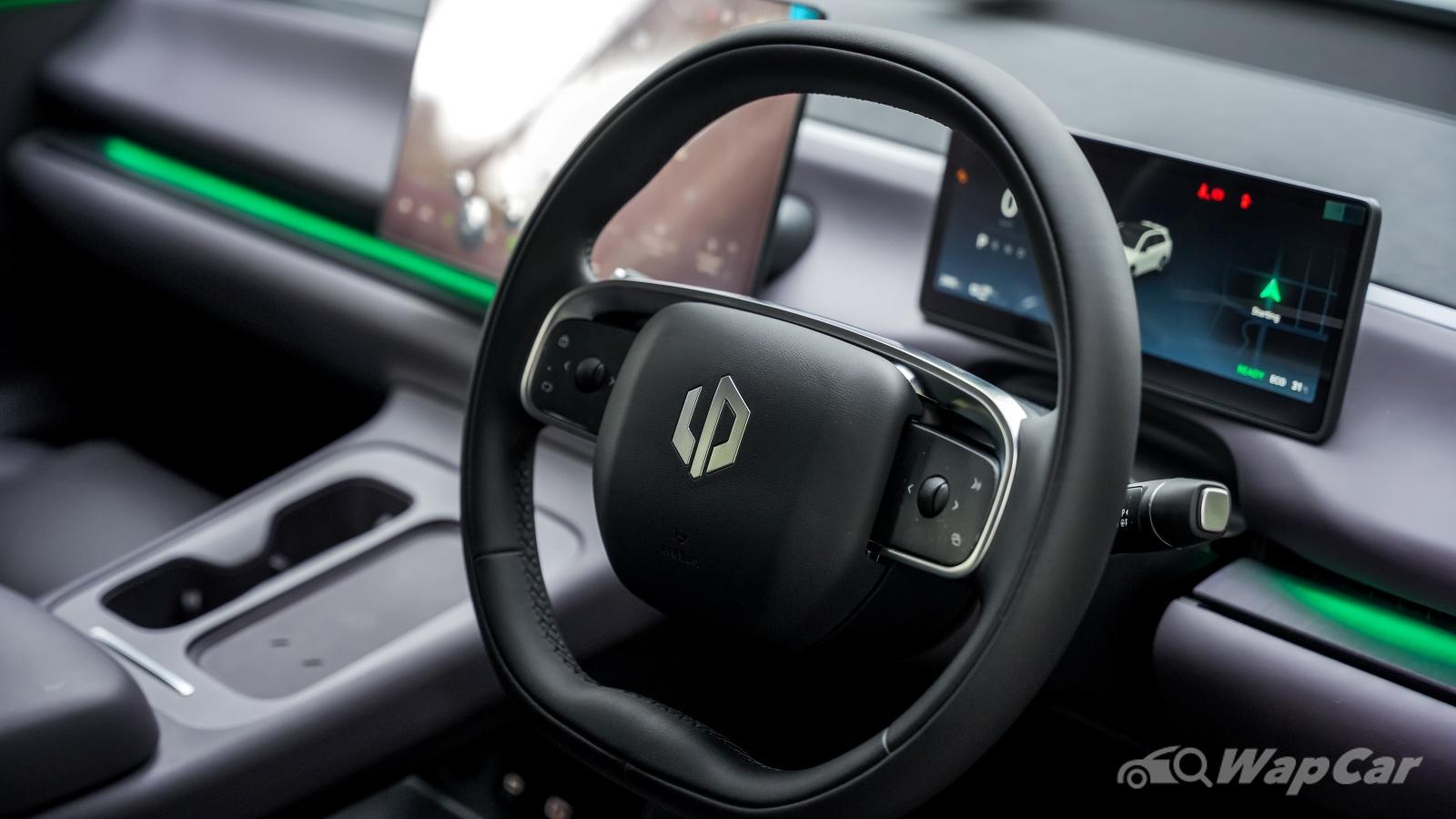

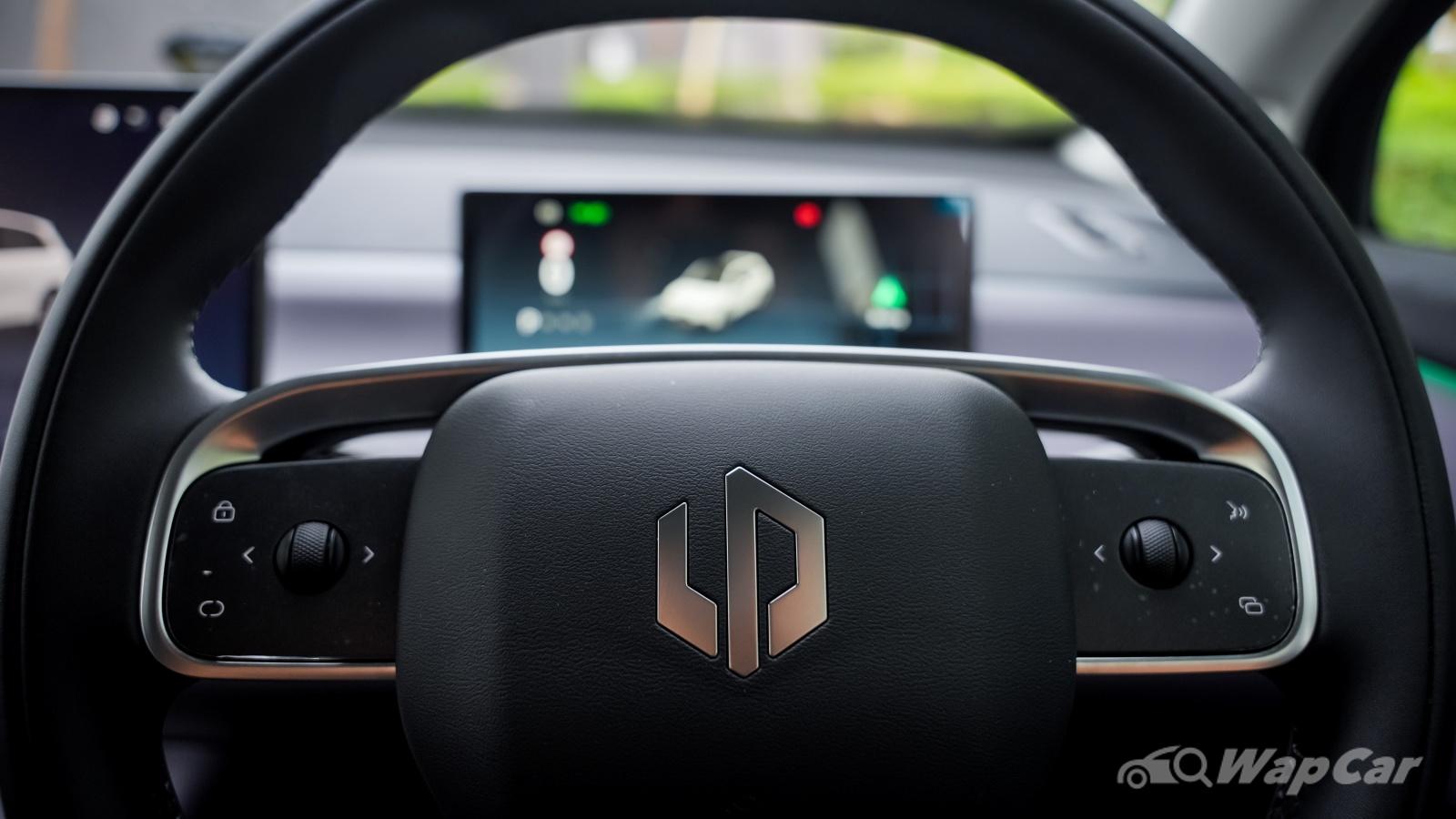

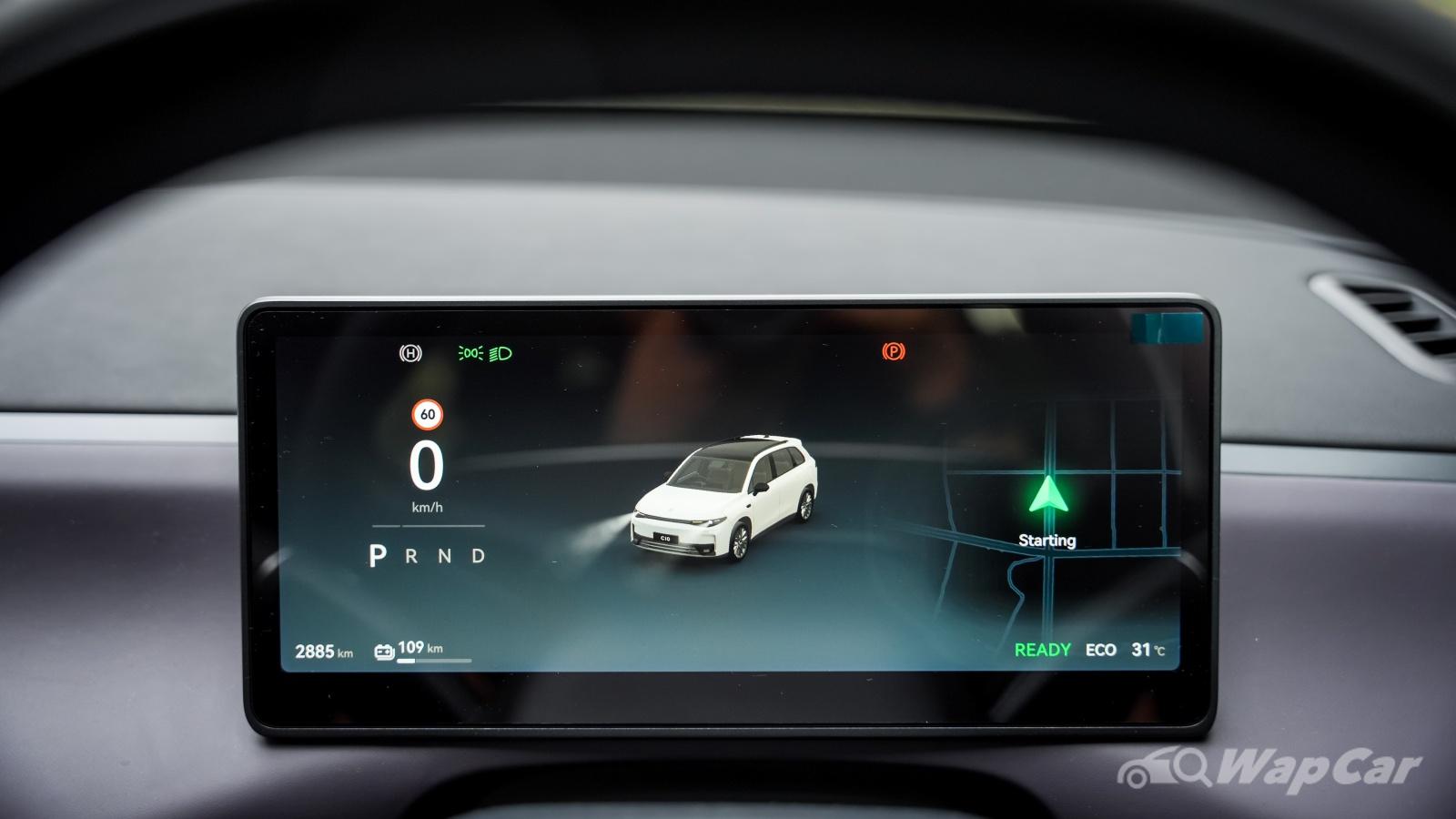

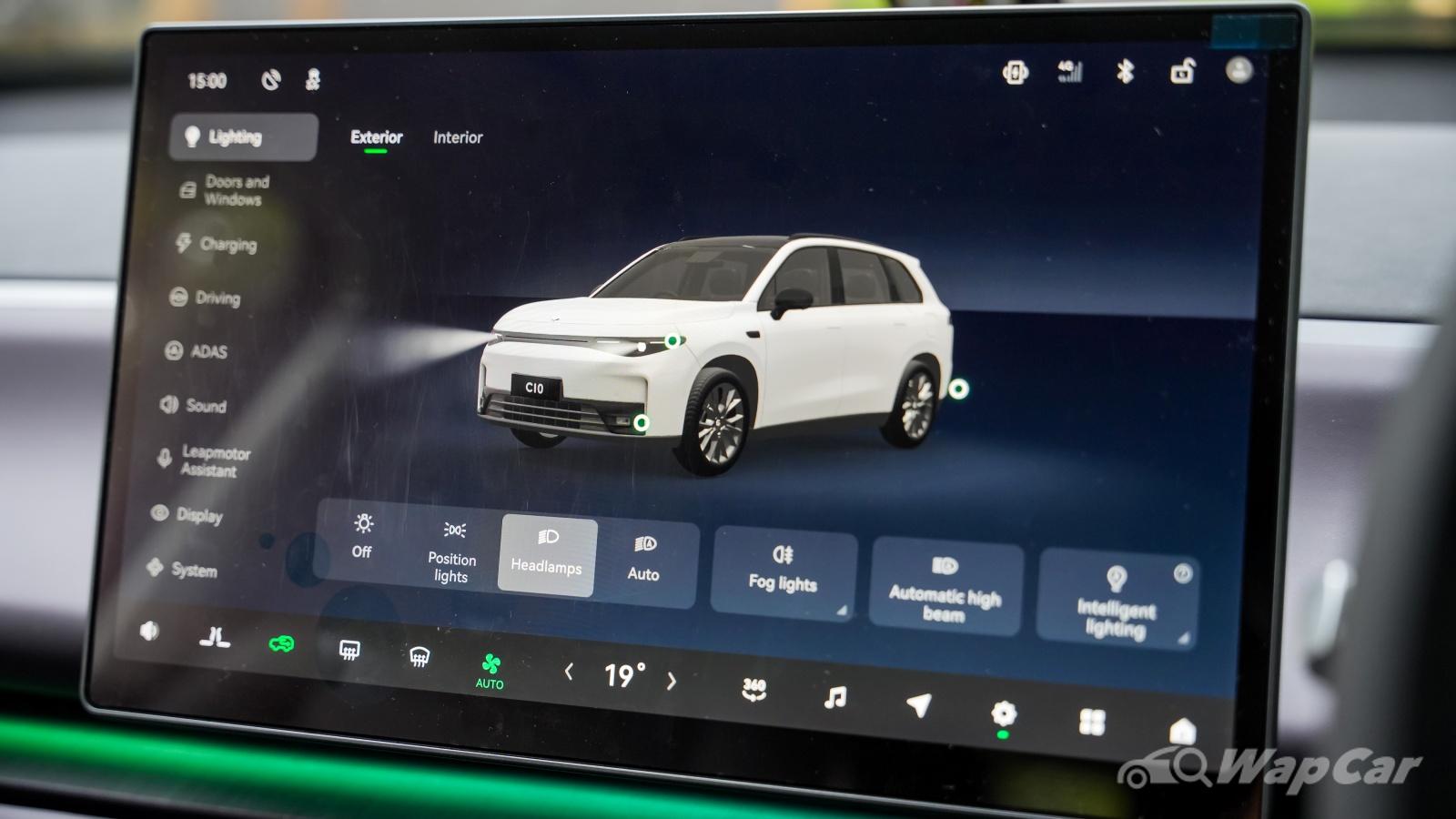



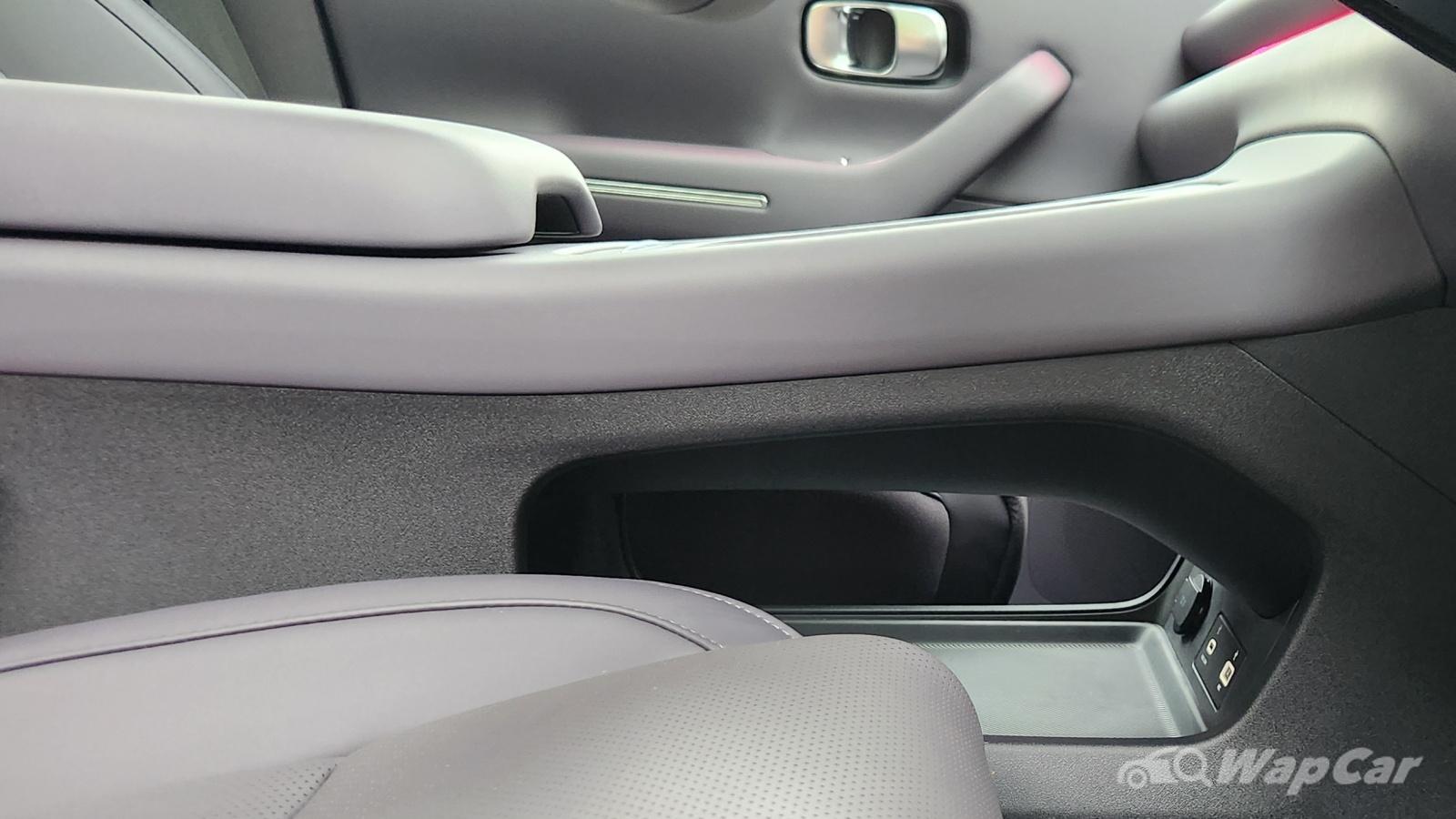

Like many Chinese BEVs, the controls are frustrating to use, with many commonly used functions made unnecessarily difficult, with no benefit to the user other than for the manufacturer to say, “Look at me, I have a huge screen, isn’t it cool?” No, it’s not.
For example, there are no physically adjustable air vents. To adjust airflow, you have to: swipe up on the screen to launch the menu for air-conditioning, take your eyes away from the road to look at the screen, work your fingers on the screen while feeling the changes in airflow with your face, while accounting for the half-a-second delay between what the screen is showing and what your skin feels.
If you’re reading this from inside a C10 and wonder why the airflow isn’t changing even after doing the above, well, that’s because you didn’t enable ‘Free Air’ mode. What in Xi’s name is Free Air mode? No idea, ask the person who made the translation. To be fair, the vent adjustments in the BYD Seal are just as bad, with similarly confusing Chinese-English translated menu.
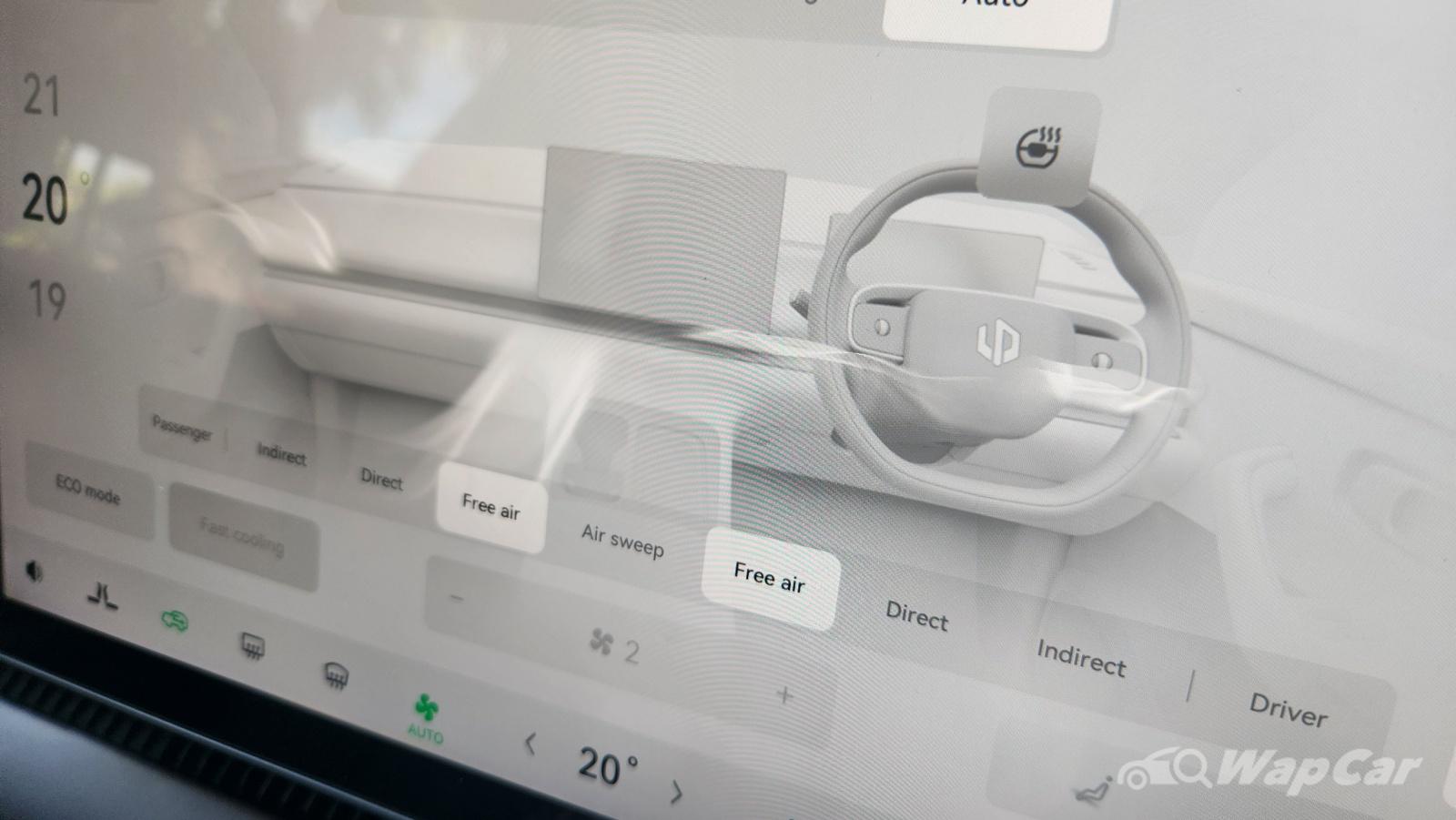

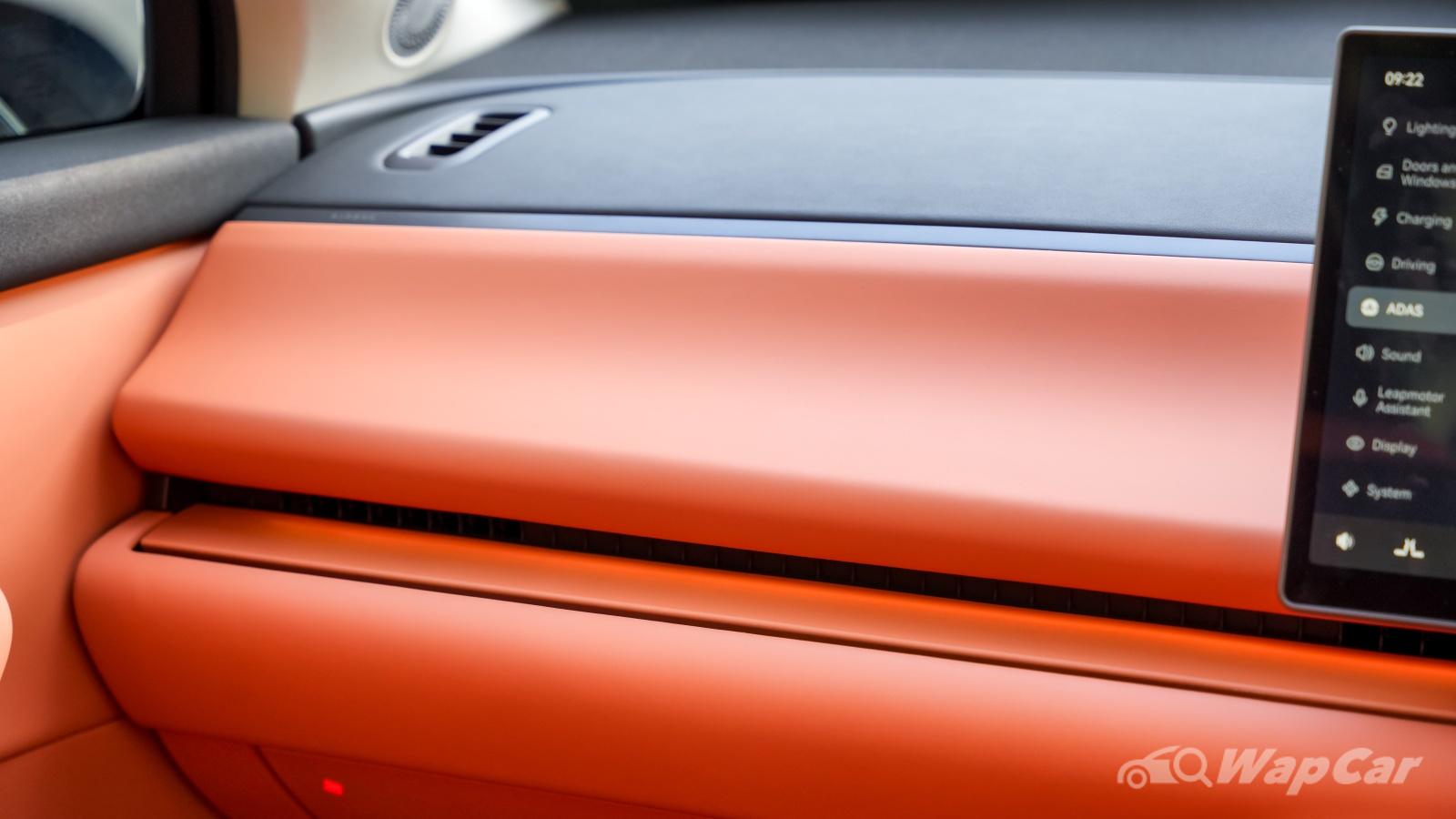

Some of the shortcuts just don’t make sense. There’s no shortcut to any ADAS functions, but there is one to disable traction control. Must be very useful for everyday driving.
This infuriatingly terrible software is clearly designed by either a team of very bad drivers or smartphone developers who take the train more than they drive, and it’s the biggest downside to an otherwise nearly excellent product.
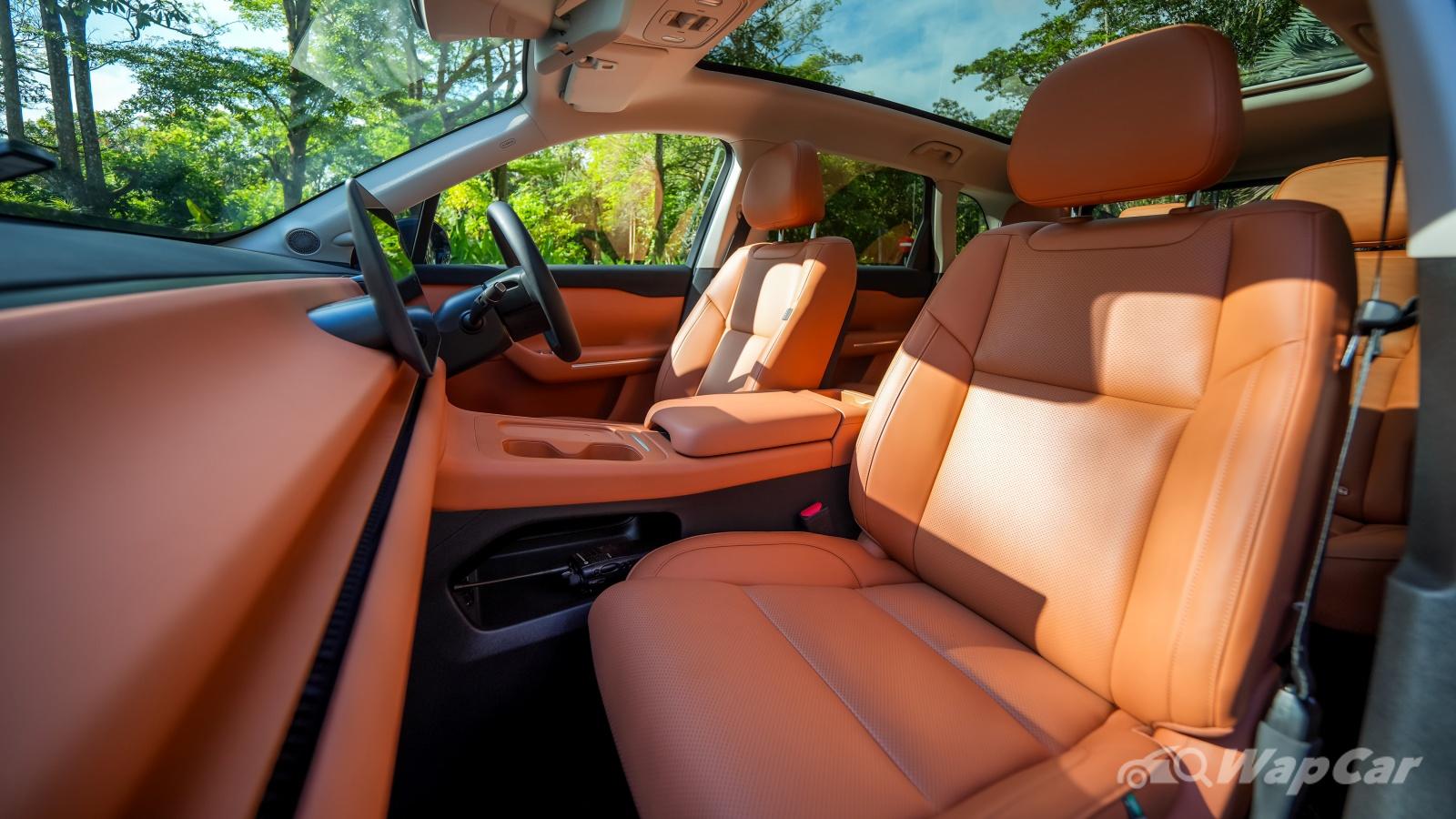

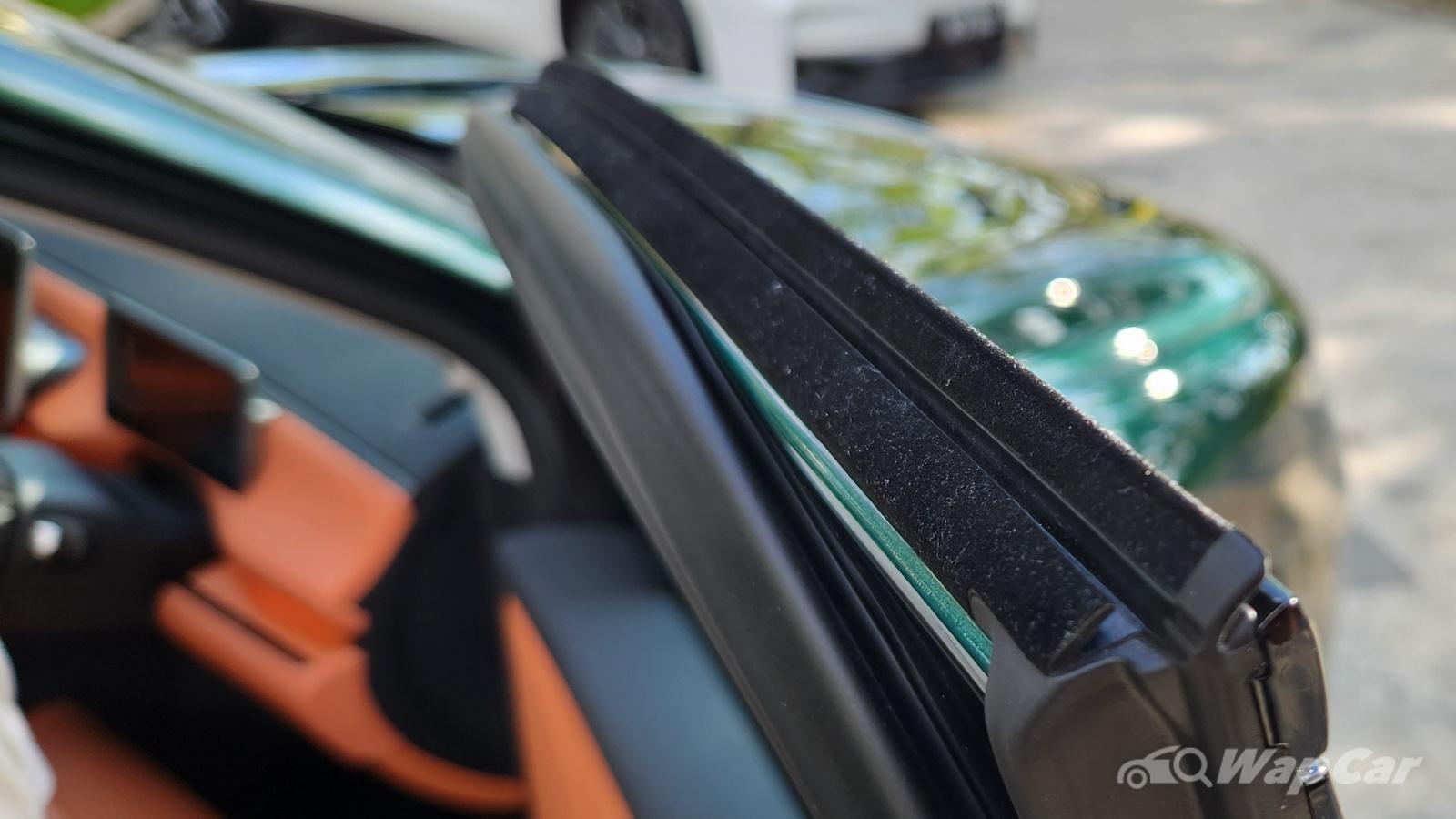

That’s a shame because the physical aspect of the car is actually pretty good. Unlike many Chinese cars, the Leapmotor’s front seats offer decent lower-thigh support. The material is very durable and is water-proof, parents with toddlers will appreciate it.
The front seatbelts however, lack height adjustment.
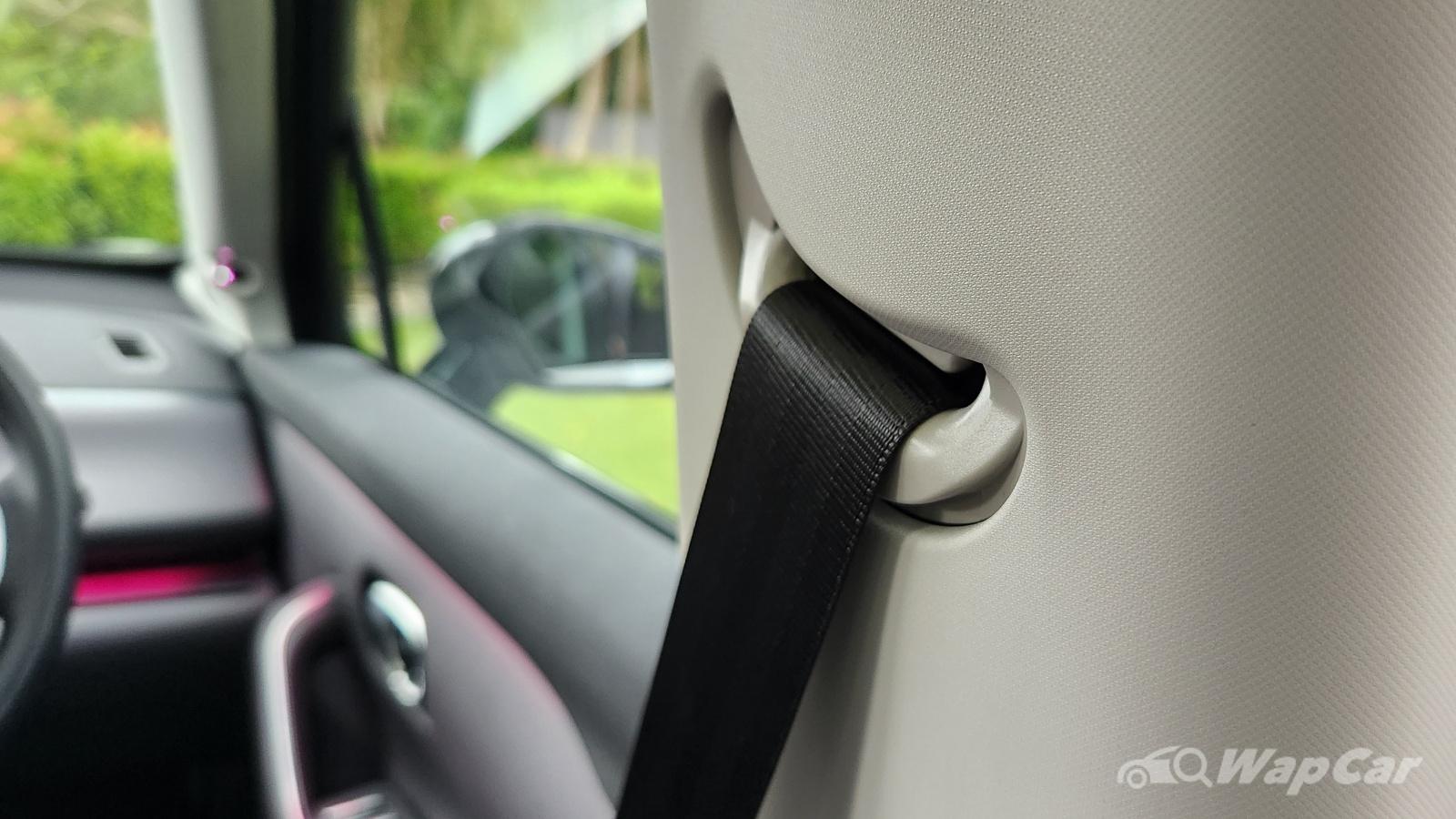

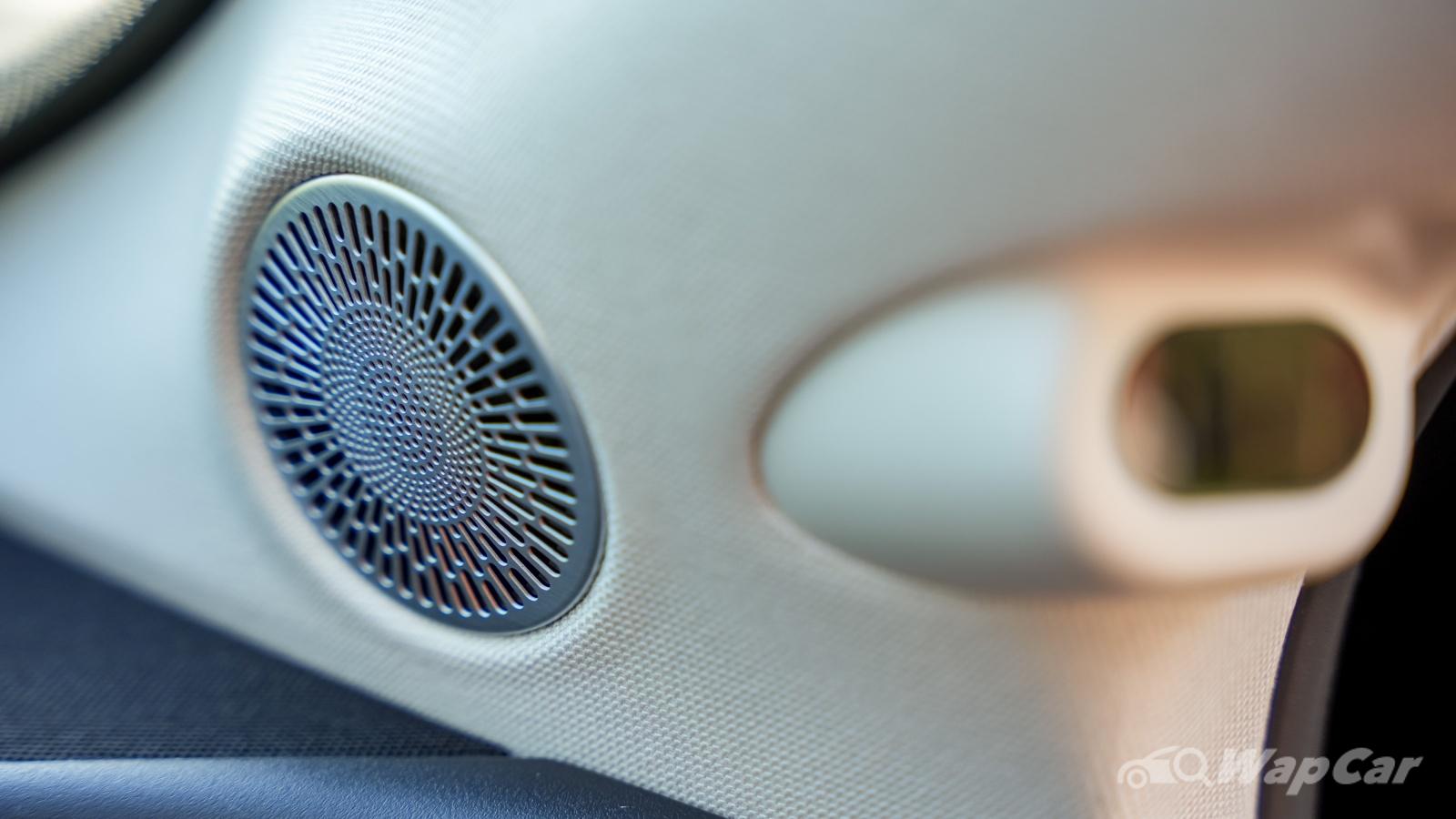

The 12-speaker audio system, despite being an unbranded setup, offers crisp and rich sound reproduction , which we dare say is much better than many big-name brand setups found in many cars priced far higher than the C10.
Behind, the passengers can sit comfortably thanks to the flat floor and the huge gap under the front seats, allowing rear passengers to stretch their legs under it.
Thanks to its CTC-type LFP battery, the C10’s floor is thinner than many rival BEV models, many of which have no space under the front seats, forcing rear passengers to sit in an uncomfortable knees-up position.
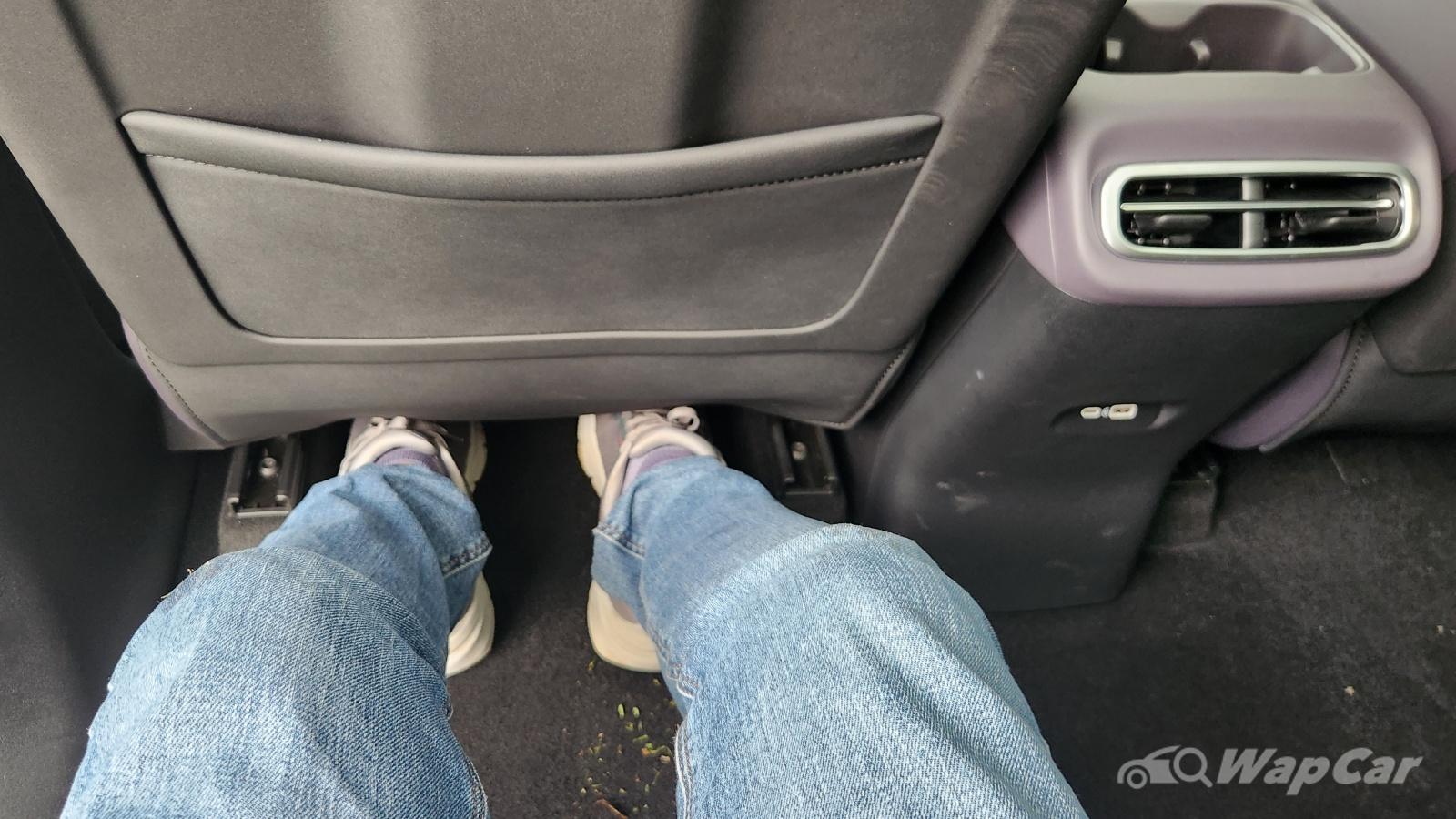

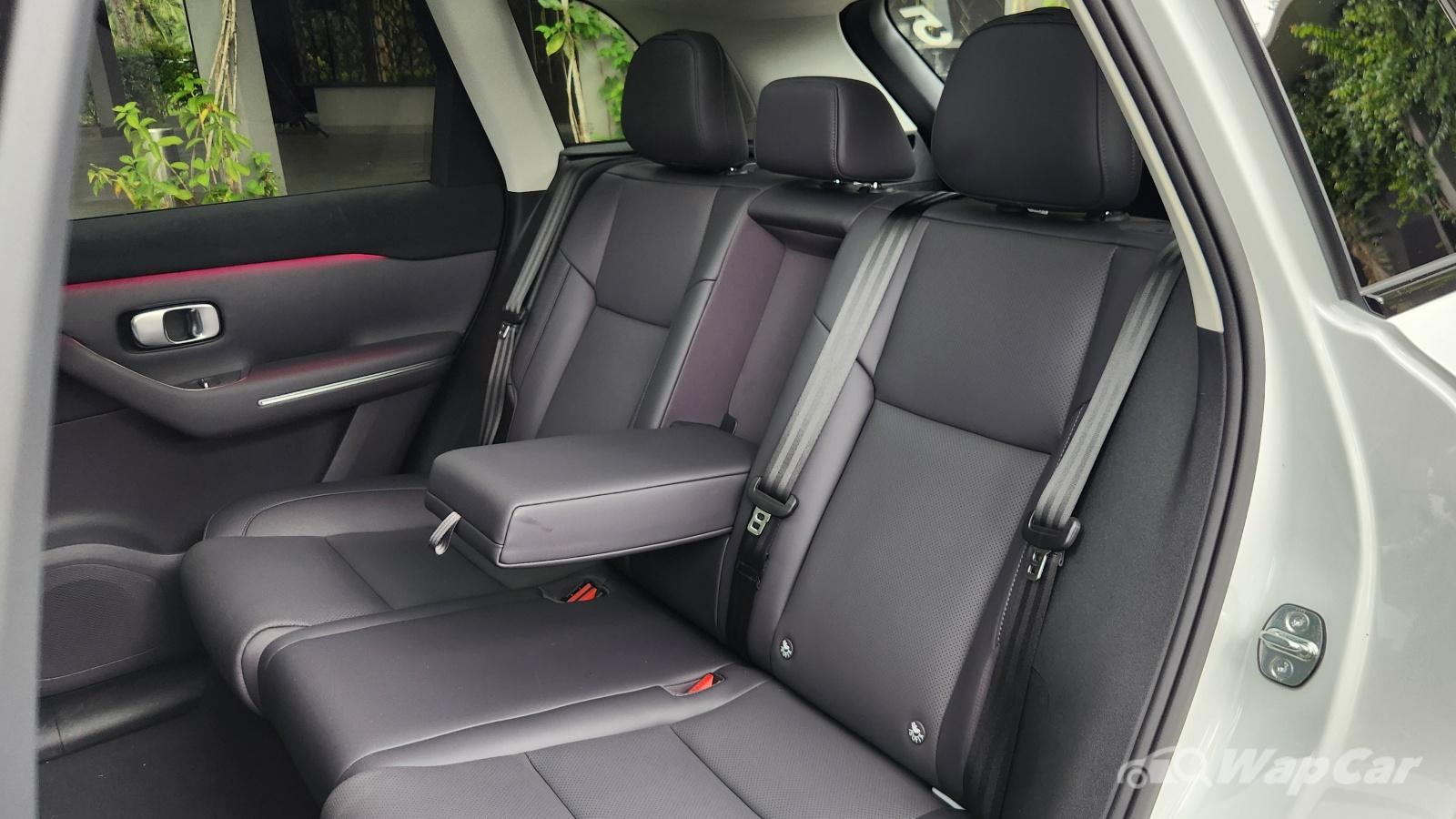

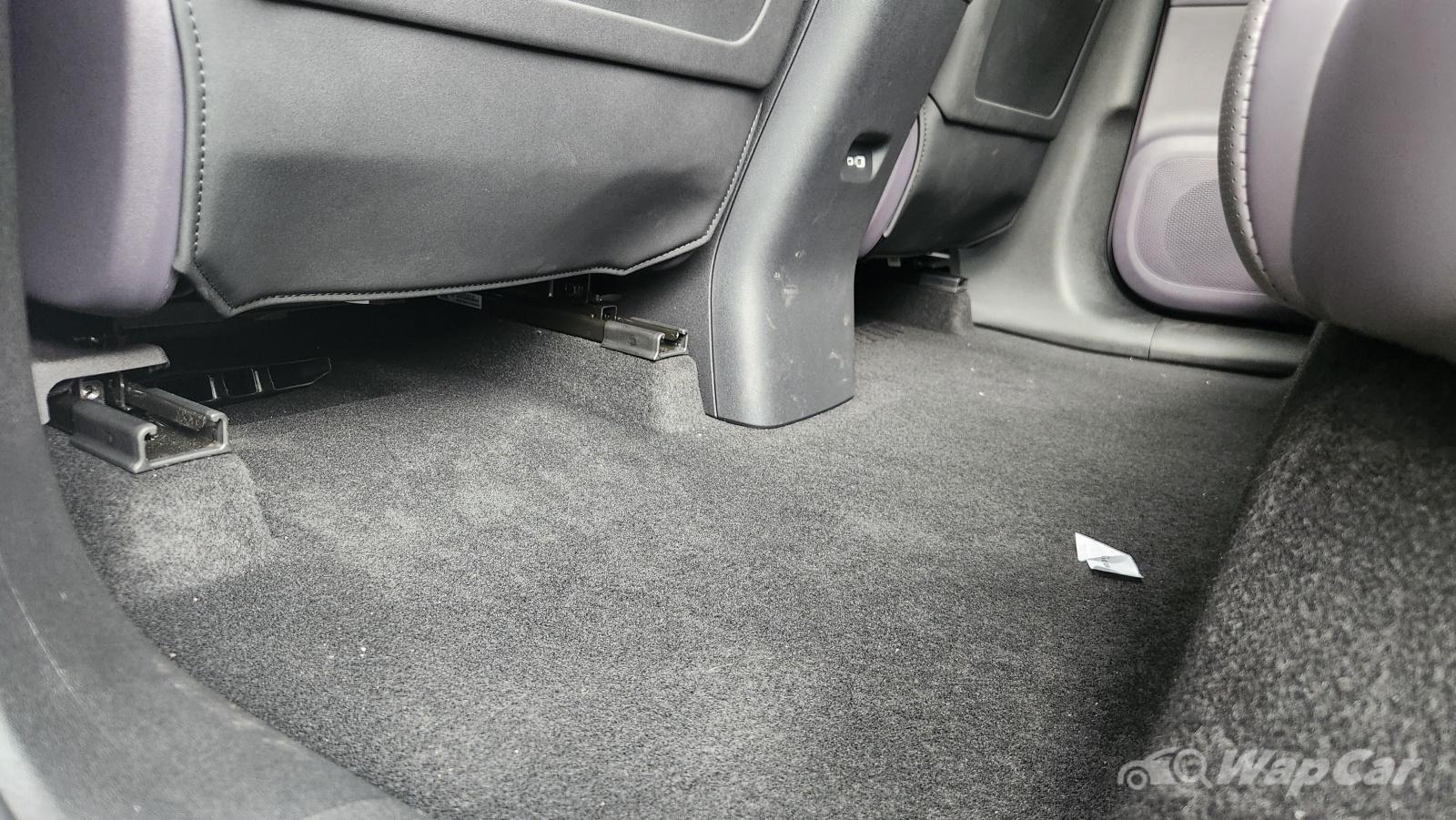

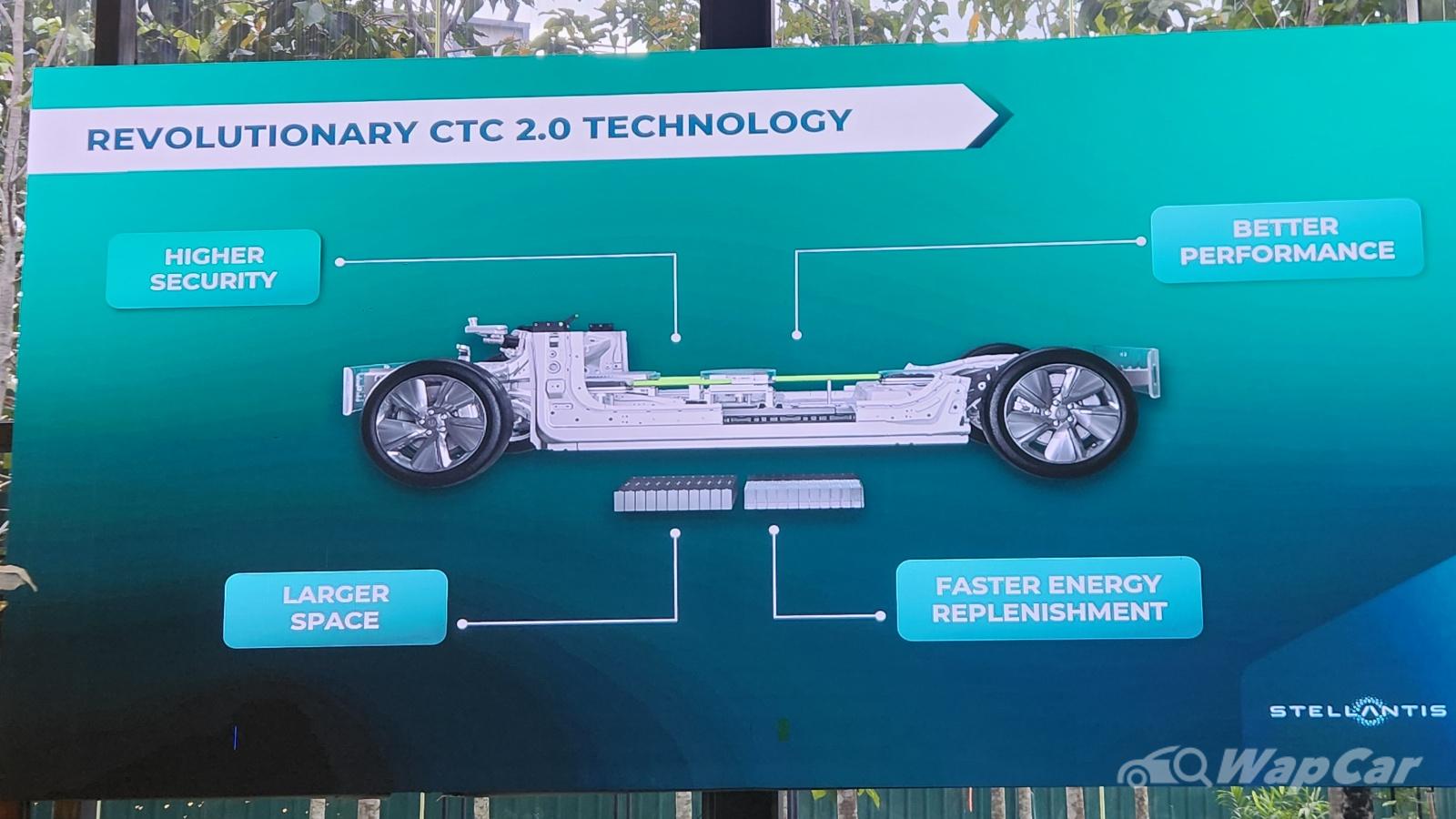

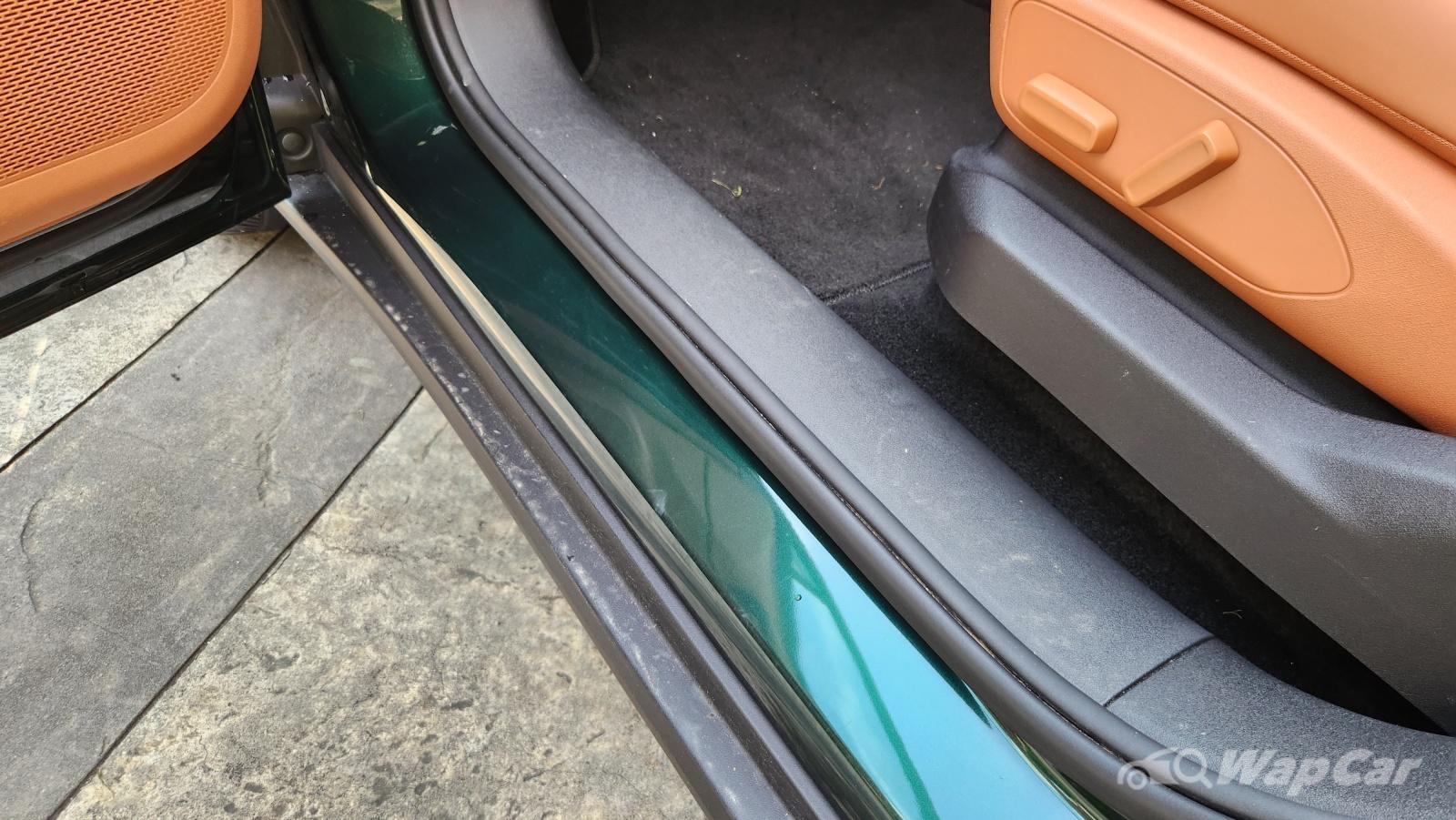

CTC-type batteries mean that the battery cells are part of the car’s load-bearing structure. Instead of being assembled into packs, which thicken the floor and eat into the cabin’s space, CTC-type batteries are integrated directly into the cabin’s floor, minus thick packaging, thus contributing to a thinner floor and stronger structural integrity.
The C10 comes with a panoramic glass roof, which is now par for Chinese BEVs, but unlike many Chinese BEVs, the C10 comes with a retractable sunshade, a feature that is greatly appreciated in our climate. You would think that a retractable sunshade is a very simple feature to have, but after driving enough Chinese BEVs (and Tesla), you will understand how easy it is to take this for granted.
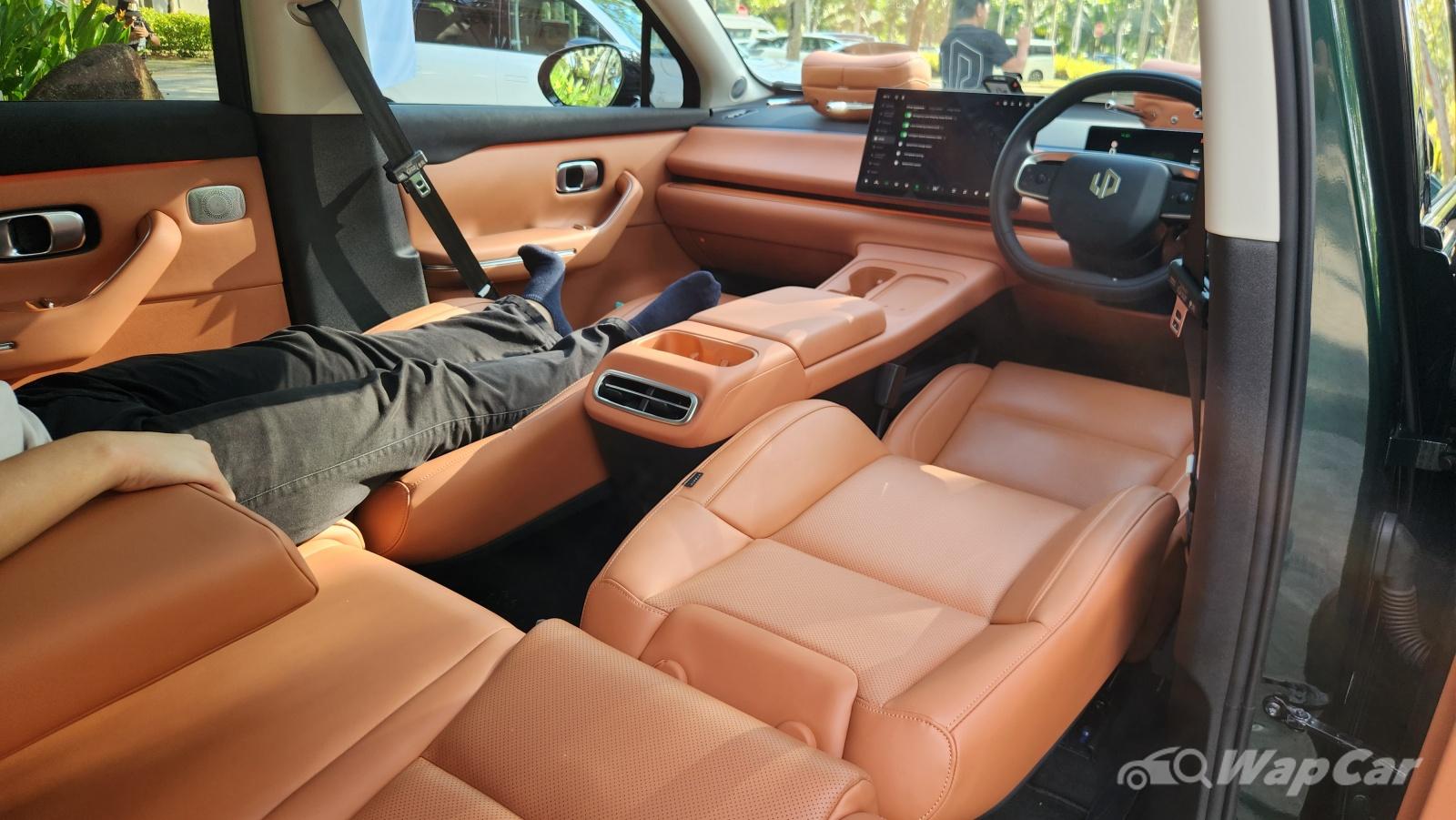

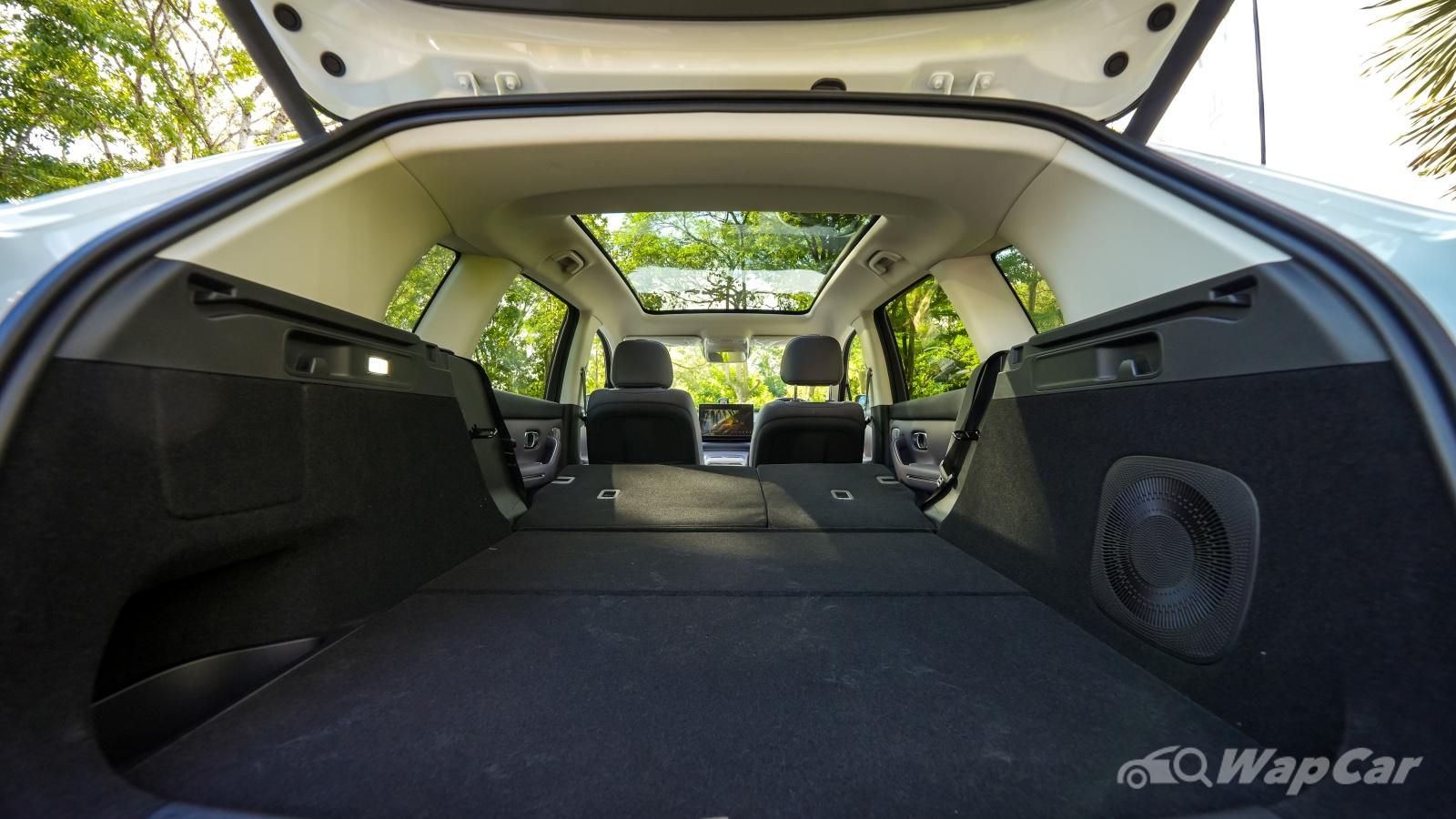

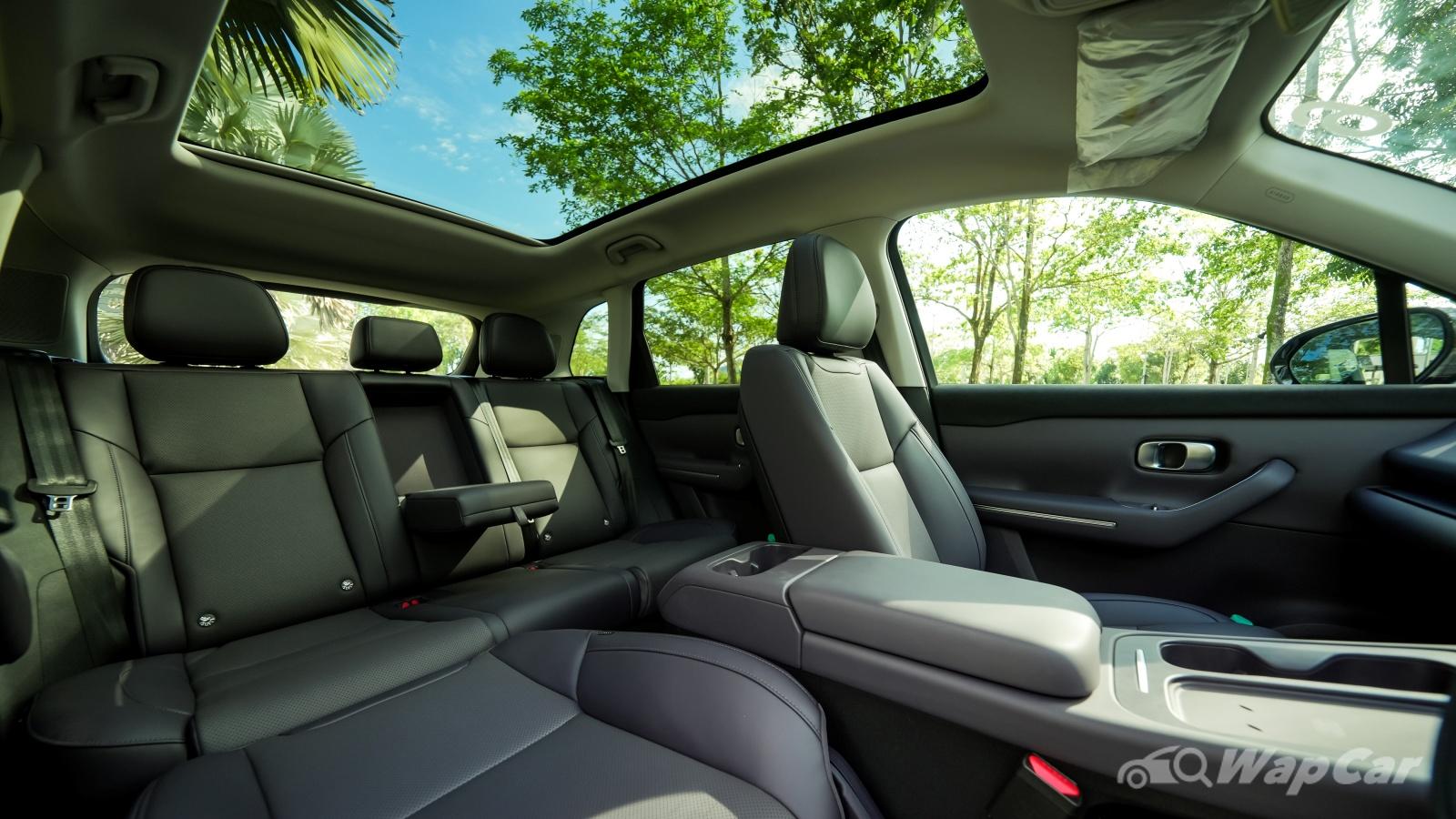

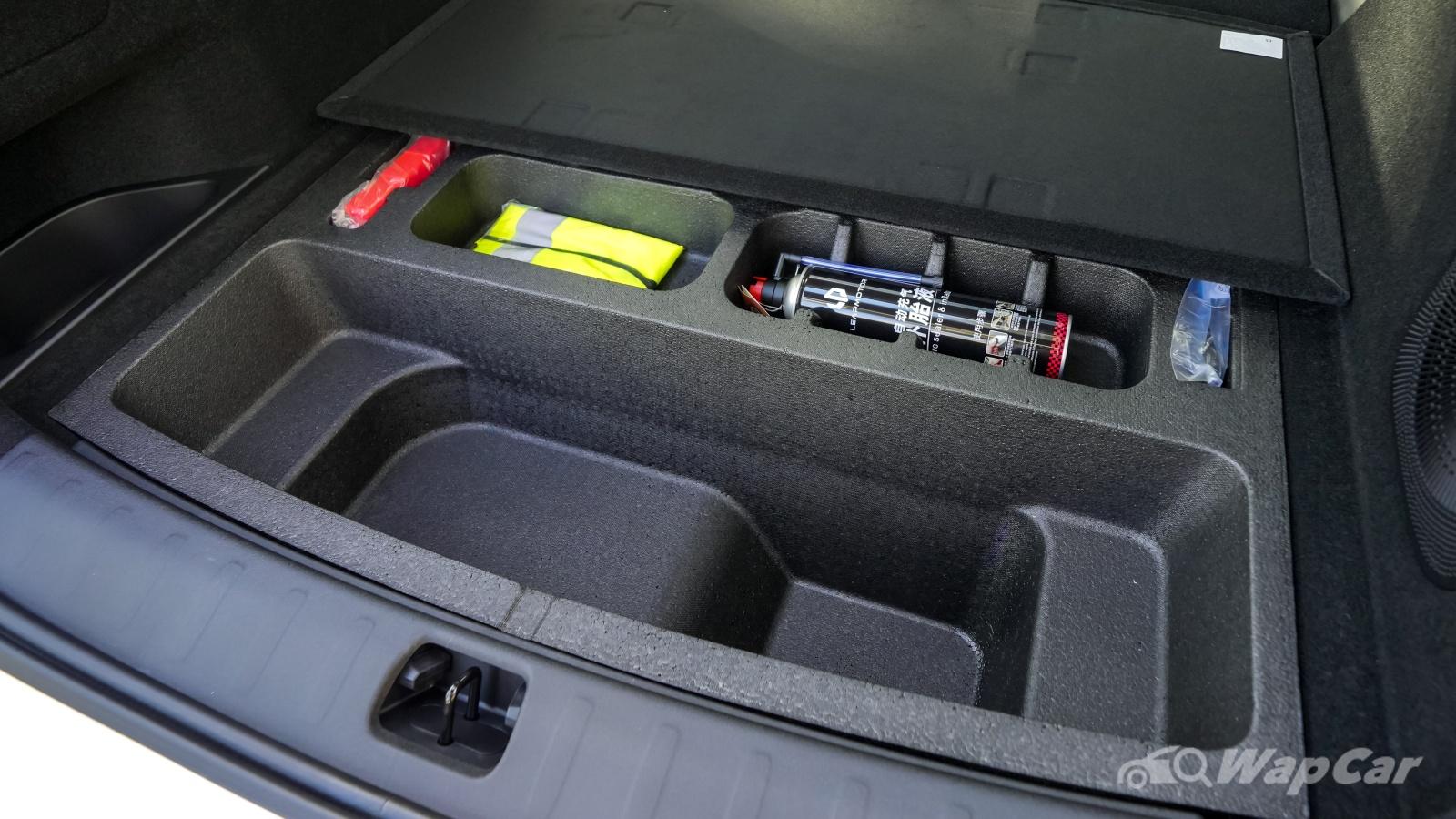

The star-gazing panoramic glass roof and comfortable seats that can be fully reclined, plus the V2L (Vehicle-to-Load) feature means that the C10 is a perfect casual outdoor lifestyle car. You can lounge inside the car with your partner and use the V2L feature to power household electrical appliances.
Driving experience – Satisfying to drive but OTA update for ADAS is urgently needed
Before you start driving off in the C10, make sure you disable all the driving assistance functions, especially the speed limit alert, lane-keeping assist, and driver attention monitoring (it defaults back to ‘on’ on every start-up). The latter will ask you to pull over and take a rest every time you take your eyes off the road to work on the touch screen.
You have to disable them before you start driving because the ADAS sub-menu is locked when the car is in Drive (you can only disable ADAS functions when it’s in Park).
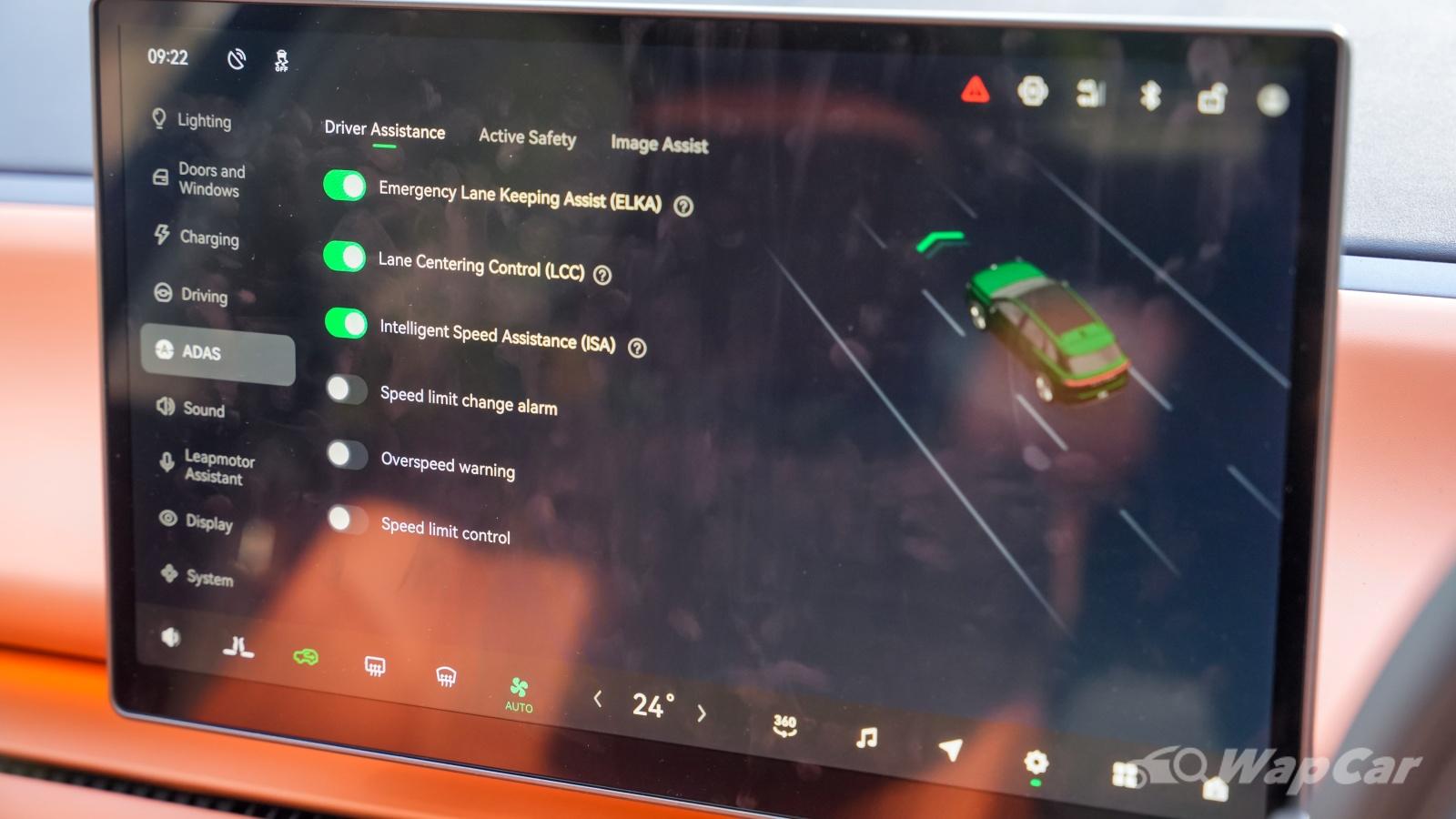

Driving below 30 km/h, the pedestrian warning alert, which is common for many hybrids and BEVs, chimes, which is fine if it’s only audible from the outside, but it’s not. So, the alerts not only chime to warn pedestrians that there’s a quiet electric car coming from behind, but also remind you that you are driving below 30 km/h. Why?
You can disable it, but like other ADAS functions in the car, you must repeat the swipe-and tap finger dance routine every time you start the car. This begs the question: what’s the value of ADAS if the driver turns it off because it annoys more than it helps?
All of these can be easily solved with a software update. Leapmotor recognizes the problem, and Malaysia is not the only country complaining about this.
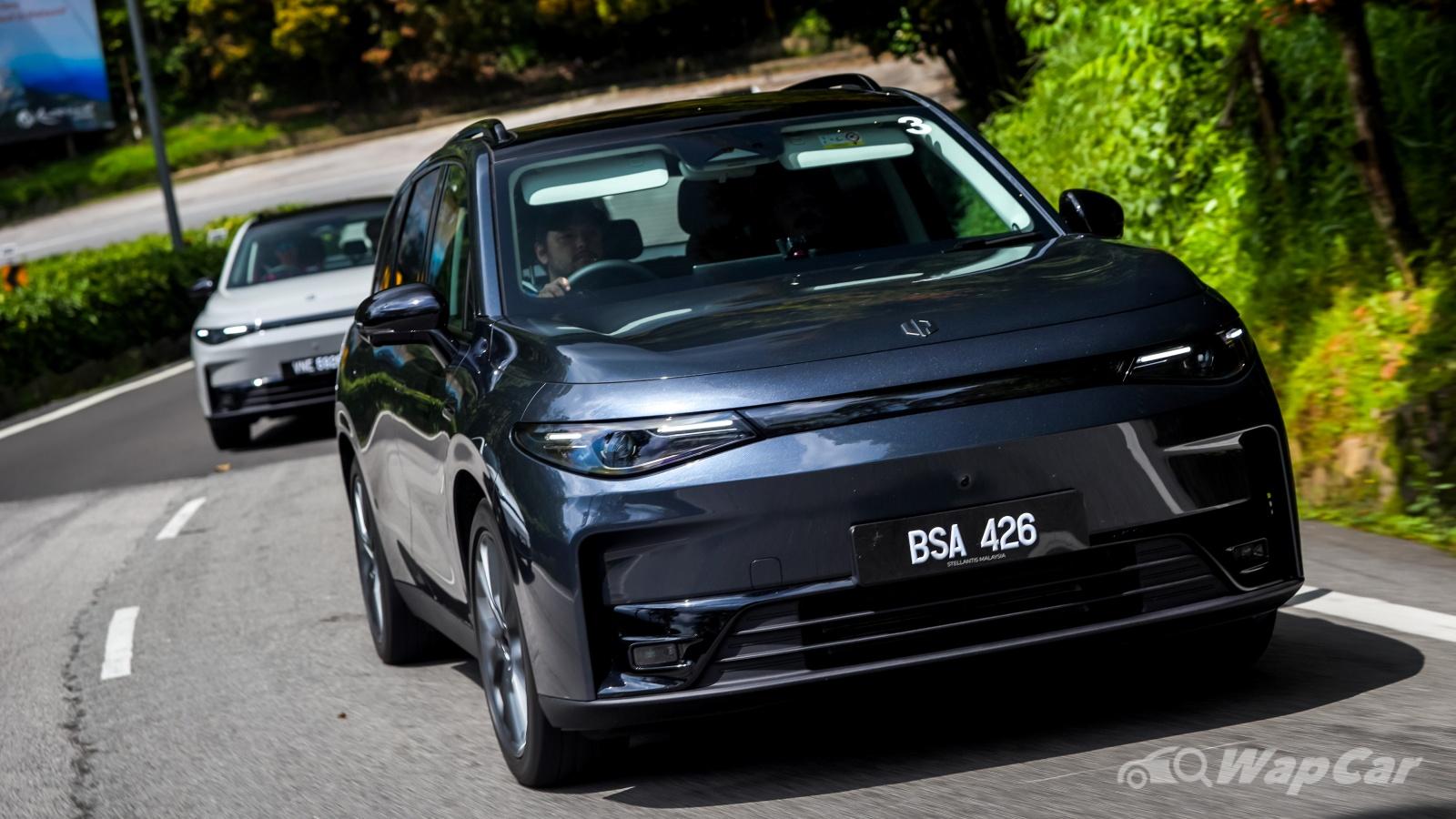

On the move, the benefits of the rigid CTC chassis are immediately felt. Despite weighing 1,980 kg, the C10 does a good job of keeping weight transfer tight.
The steering is, like many BEVs, lacking in feedback, but it still ranks among the better ones, on par with the BYD Sealion 7, which is not saying very much of it, but it’s definitely better than the cheaper, computer game-like Chery Omoda E5’s steering.
The throttle is very well-calibrated, without a jumpy accelerator pedal typical in EVs, which, when combined with an EV’s instant torque delivery character, can be annoying when all you want is a comfortable drive back from work. Power delivery is smooth and progressive, even if you punch the throttle.
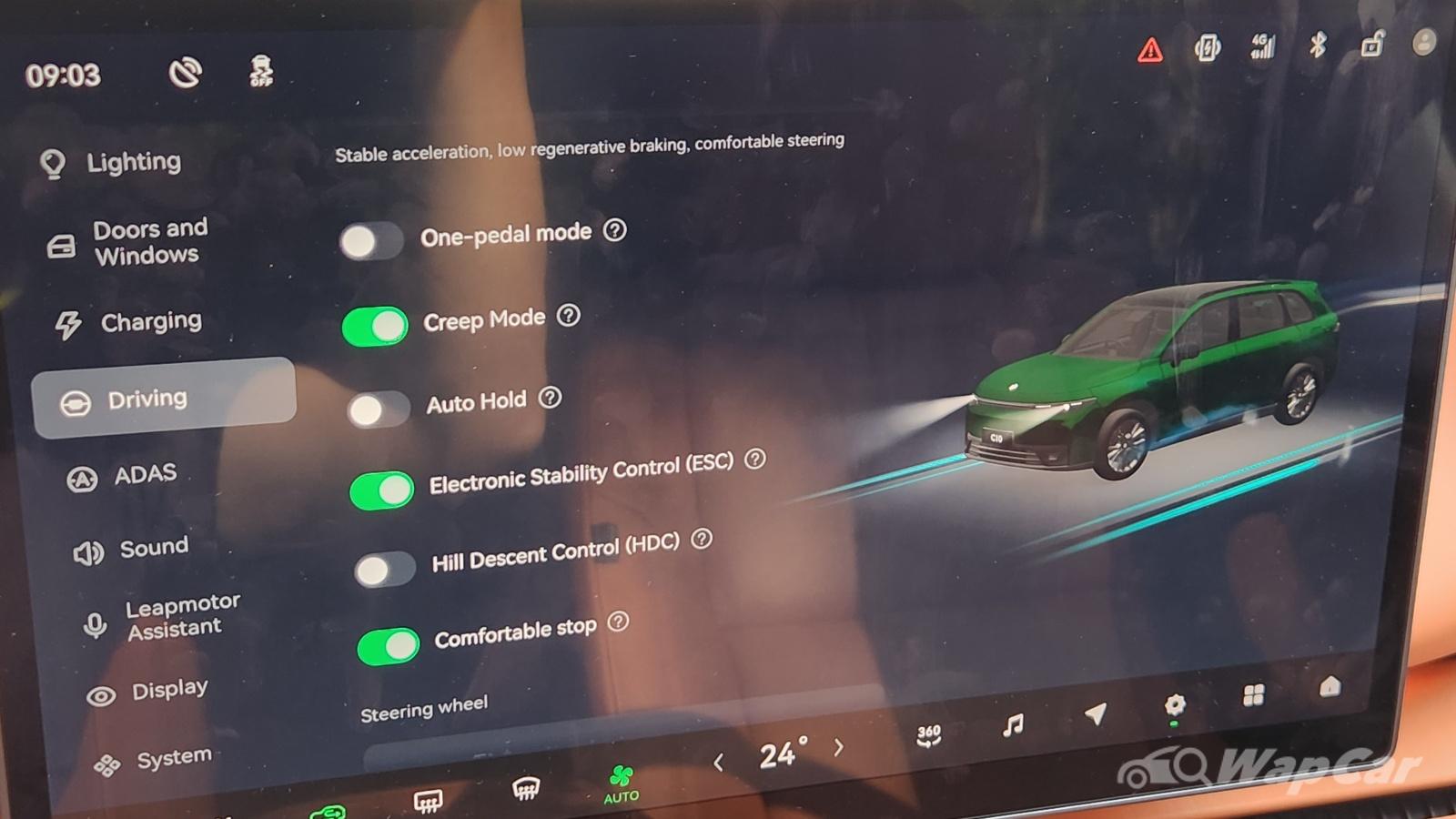

There’s a one-pedal driving function, but thankfully you can disable it. The pedal also has a creep function, which helps in urban traffic.
Spend a bit more time with the car, learn to trust it more, and find a driving tempo that works between the car’s controlled leans, high mechanical grip, and the progressive throttle, and you will realize that it’s quite easy to hustle this C10 along Karak’s twisty routes. The C10 is among the more confidence-inspiring Chinese BEVs on sale today, so long as you disable the annoying ADAS.
The Maserati-tuned chassis is not just empty marketing talk. There is a certain layer of depth to its dynamic behaviour. The suspension still leans on the soft side, which is fine given the cabin’s comfort-first objective, as lateral and vertical movements are still within expectations.
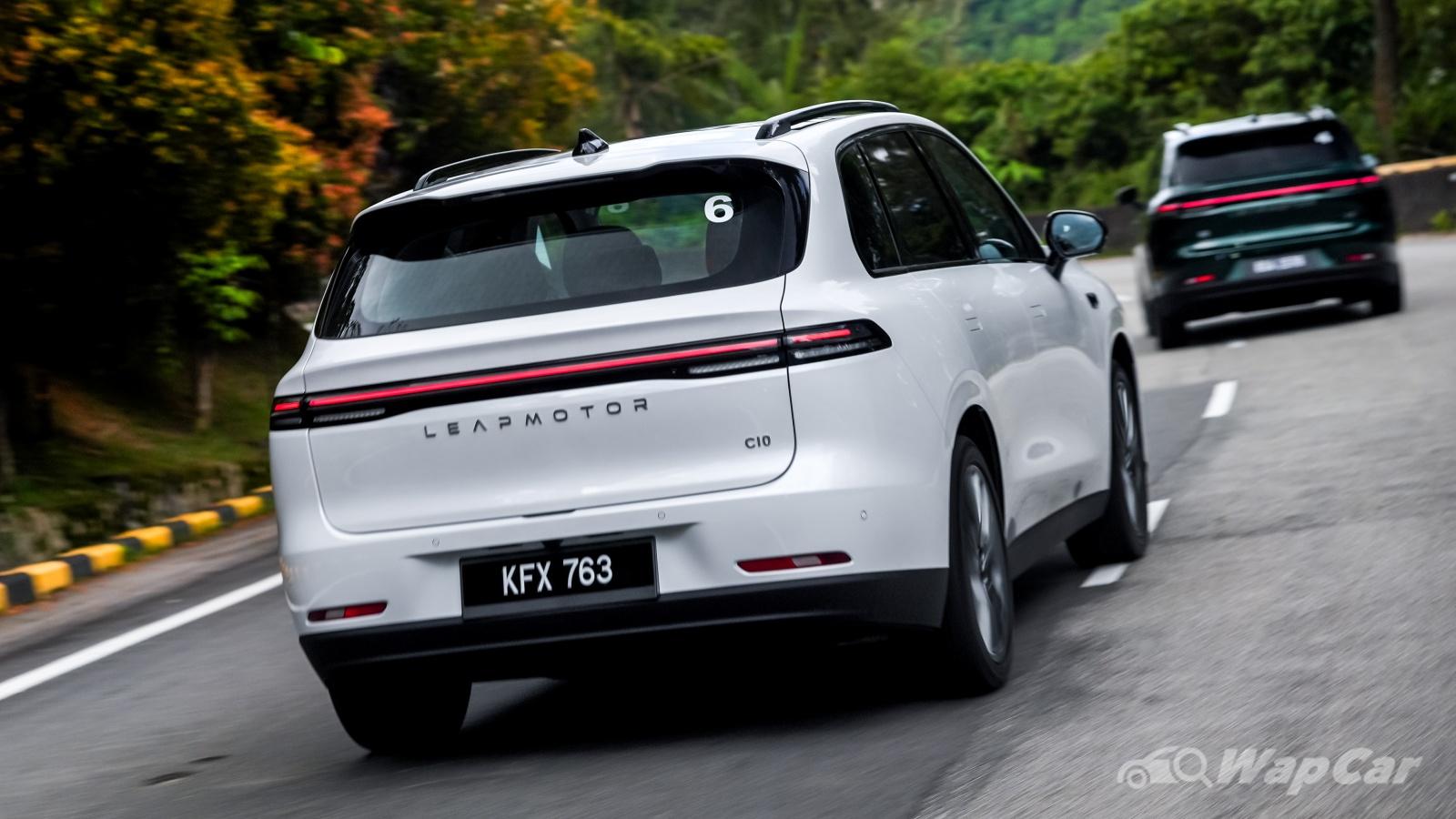

Upper body movements, specifically head toss, are still there, like many heavy BEVs, but it’s controlled well enough to not cause motion sickness, especially for the rear passengers.
After driving over 220 km in a fairly swift pace, the C10 consumed an average of 22 kWh/100 km, which is quite efficient for a BEV of this size.
Conclusion
Dynamically, the Leapmotor C10 is one of the best BEVs under RM 200,000. It’s very comfortable, with very decent handling.
Its driving dynamics, spacious cabin, supportive seats have a lot to teach BYD and Xpeng. Unfortunately this is where its talent stops.
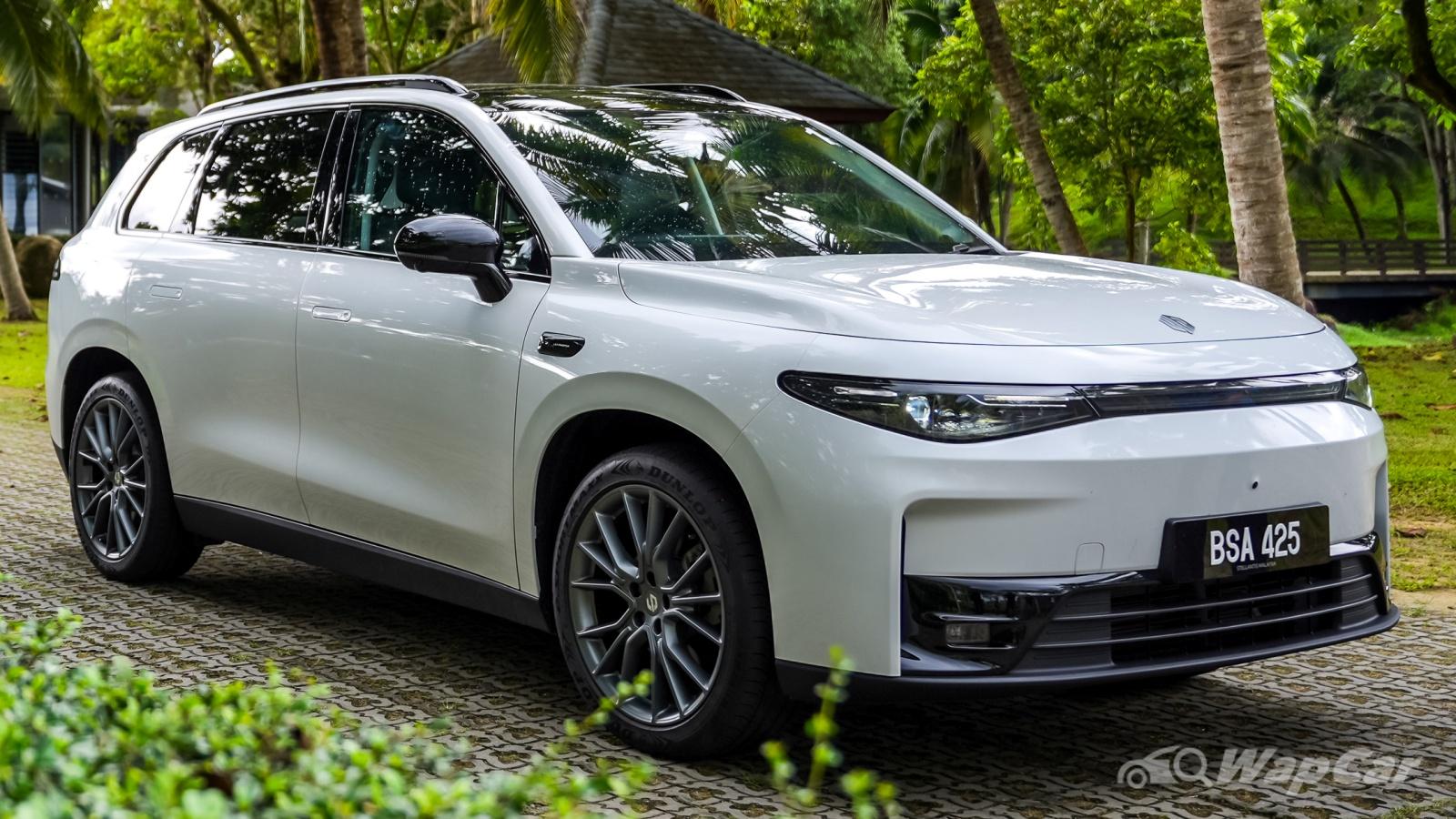

The C10’s hard-won progress in comfort and driving dynamics are marred by bad software, specifically its poorly calibrated ADAS that beeps and boings over anything and everything. The user interface, especially the eletrically-controlled air vents, feels like it’s designed by people who build smartphones, not cars.
An OTA fix is urgently needed before the C10 can win over more drivers.
The C10 hides plenty of potential and Leapmotor is very close to building a genuinely compelling product. We encourage the company to keep working on the improvements planned. You’re almost there, Leapmotor. We are rooting for you.


Hans Head of Content
Over 15 years of experience in automotive, from product planning, to market research, to print and digital media. Garages a 6-cylinder manual RWD but buses to work.


